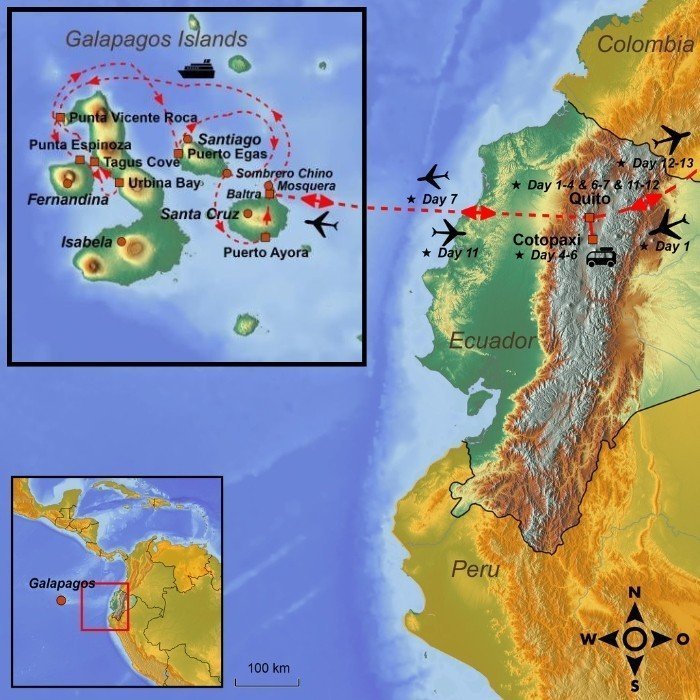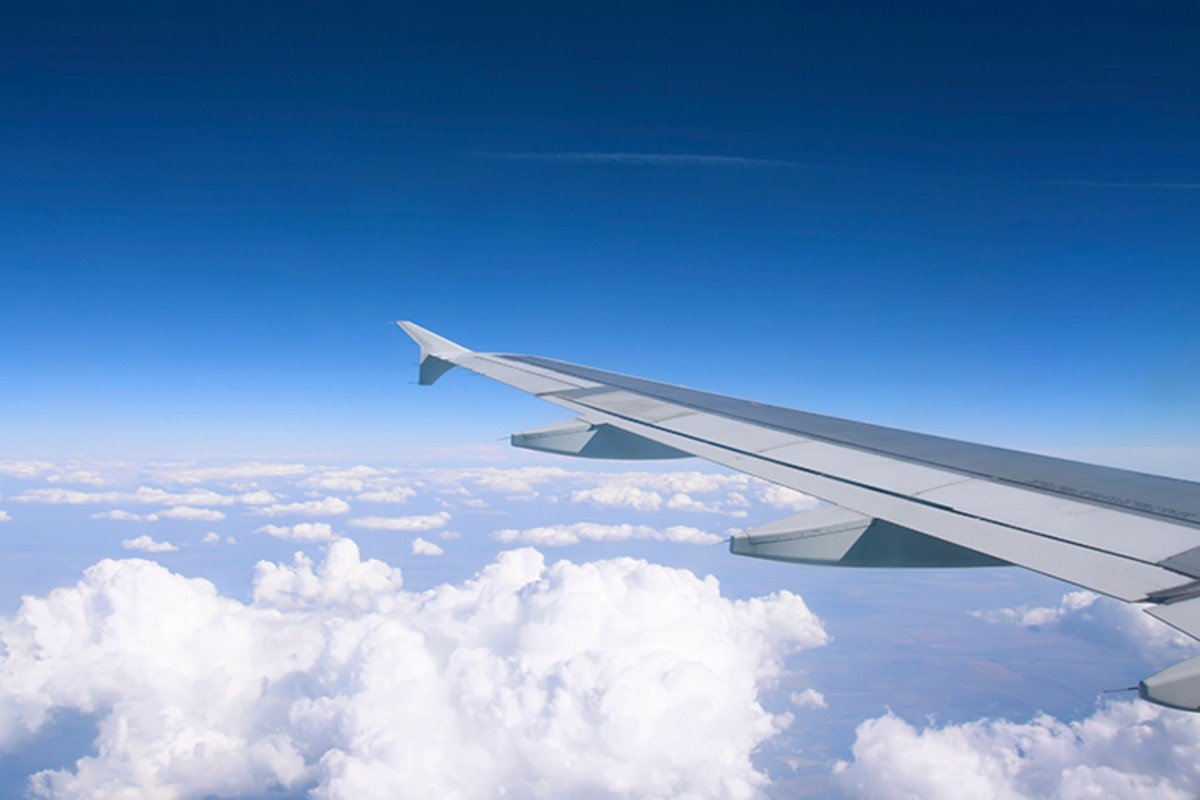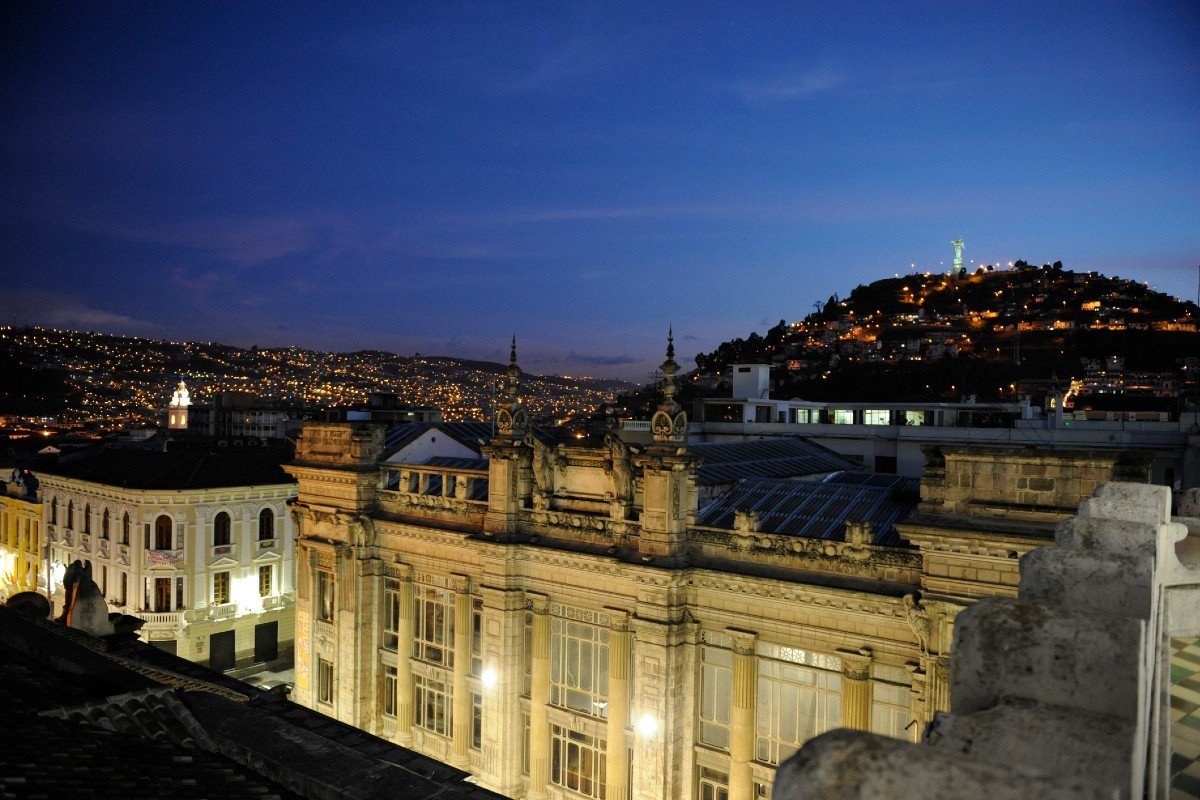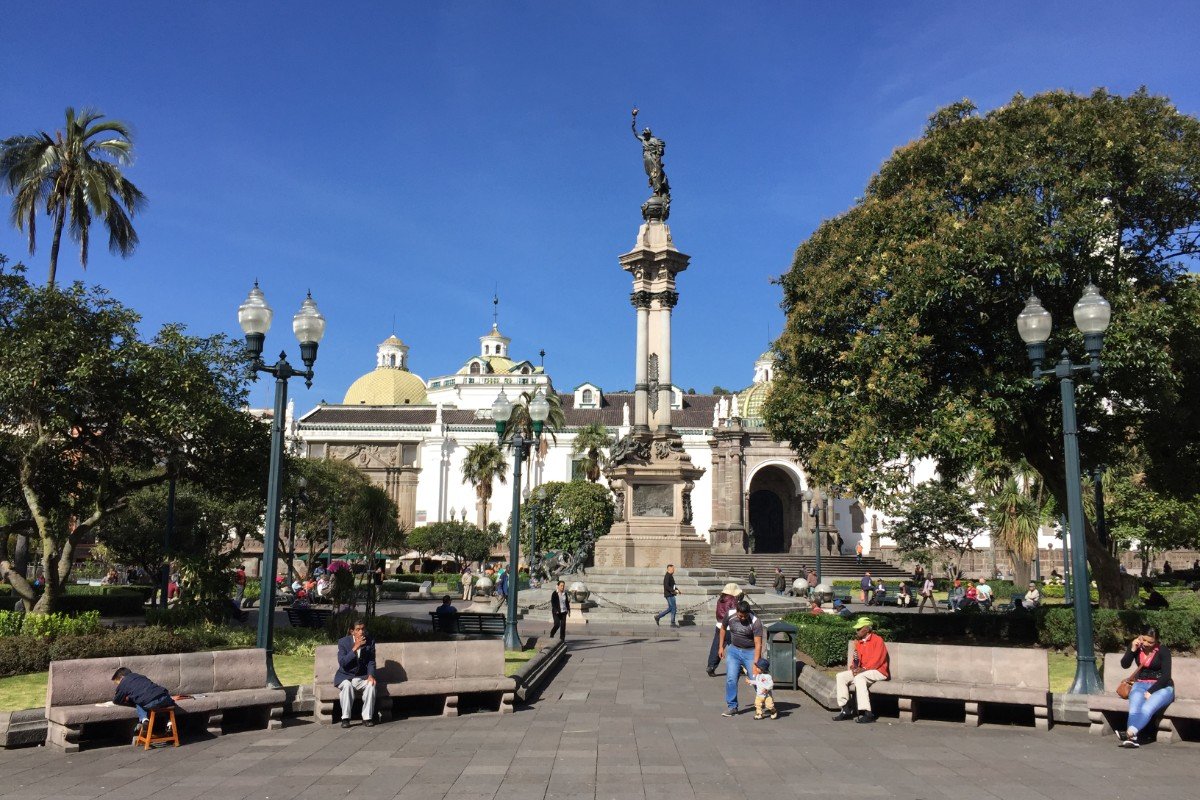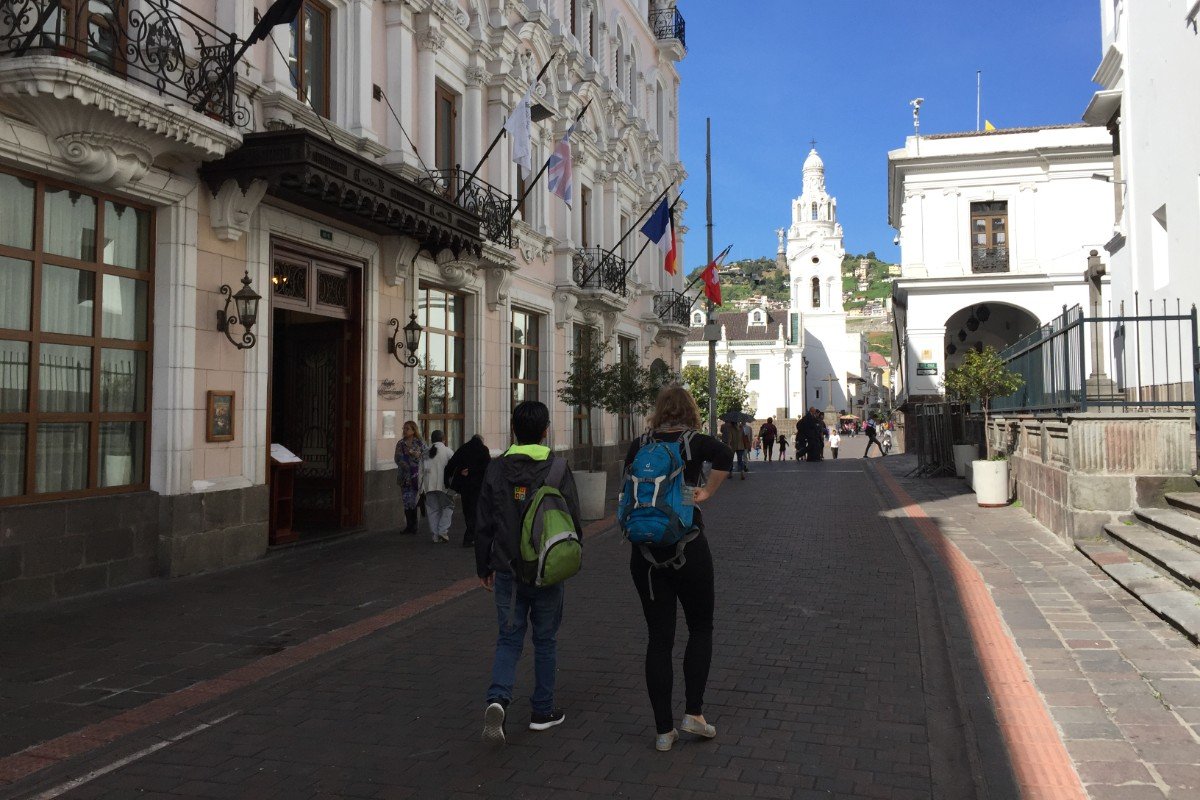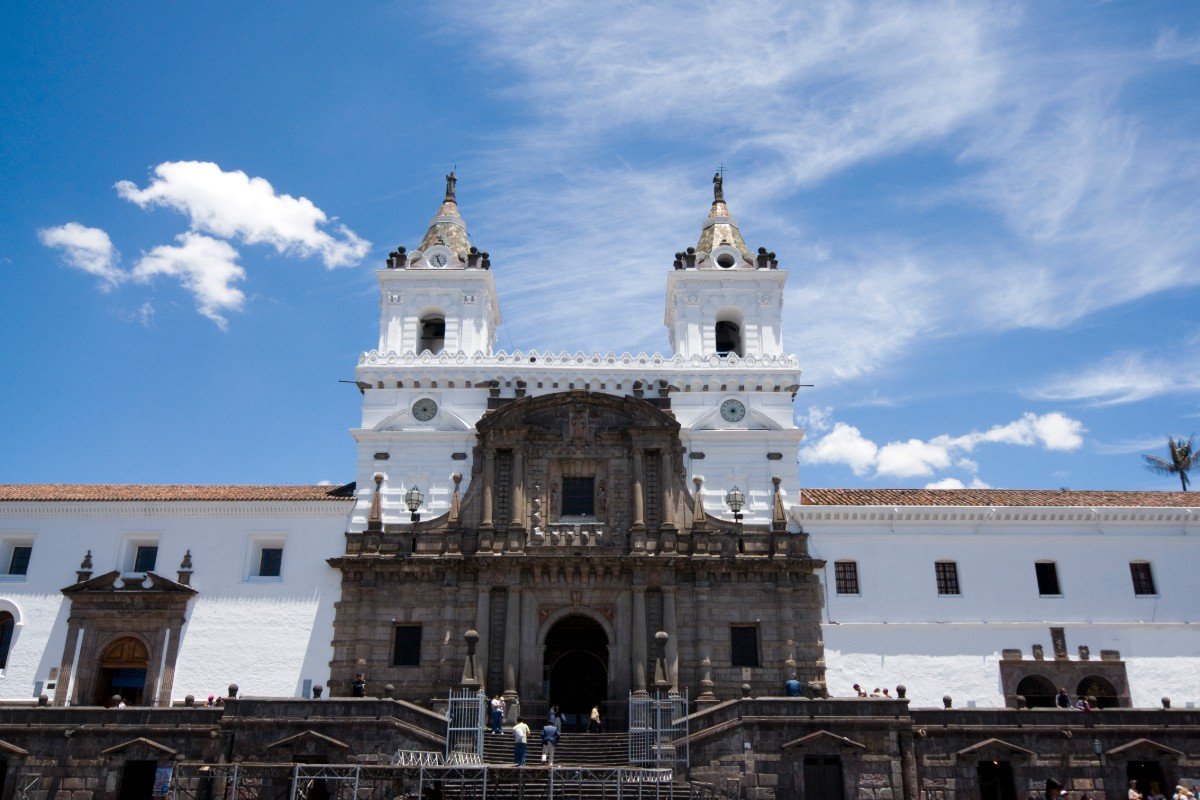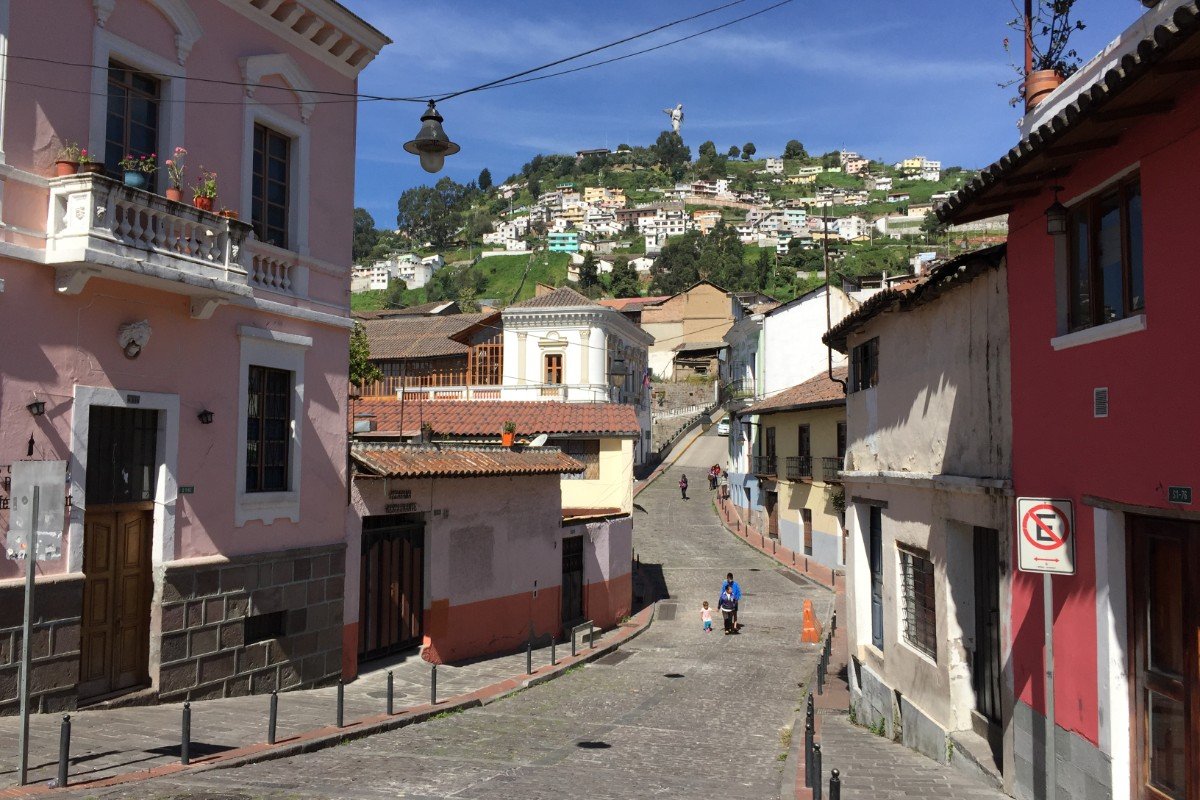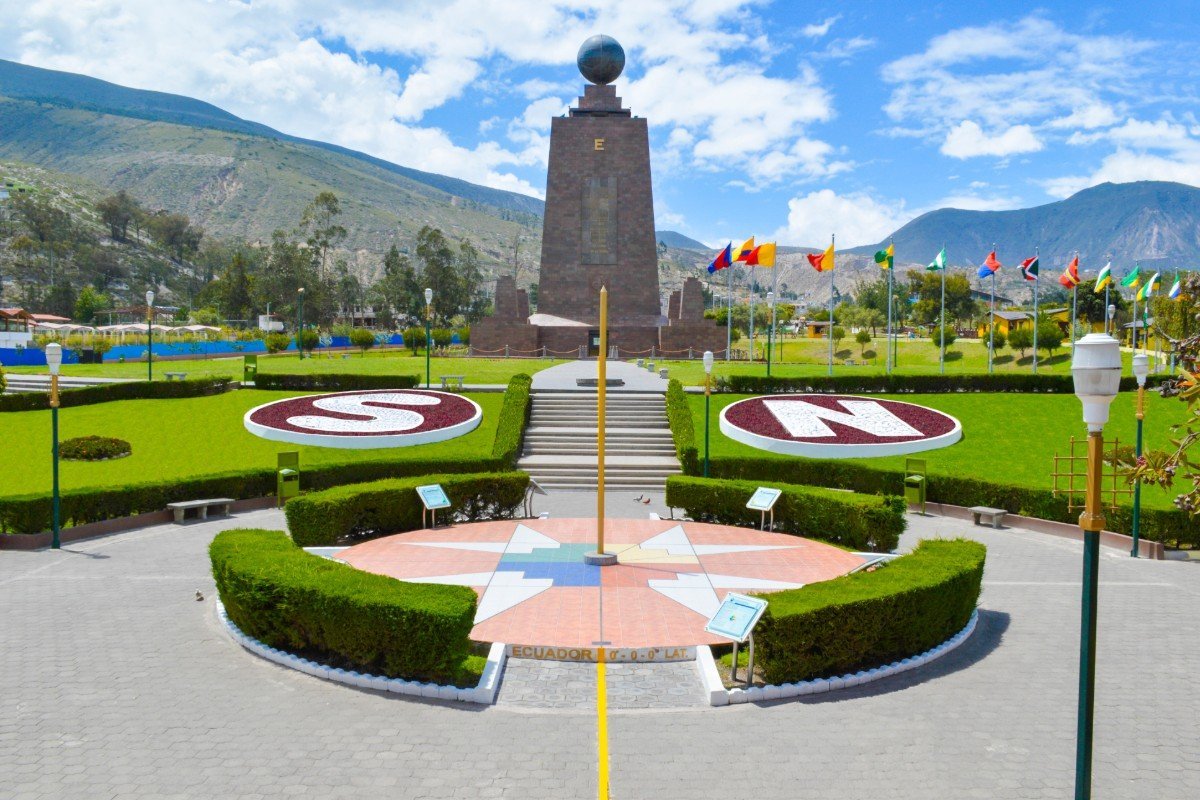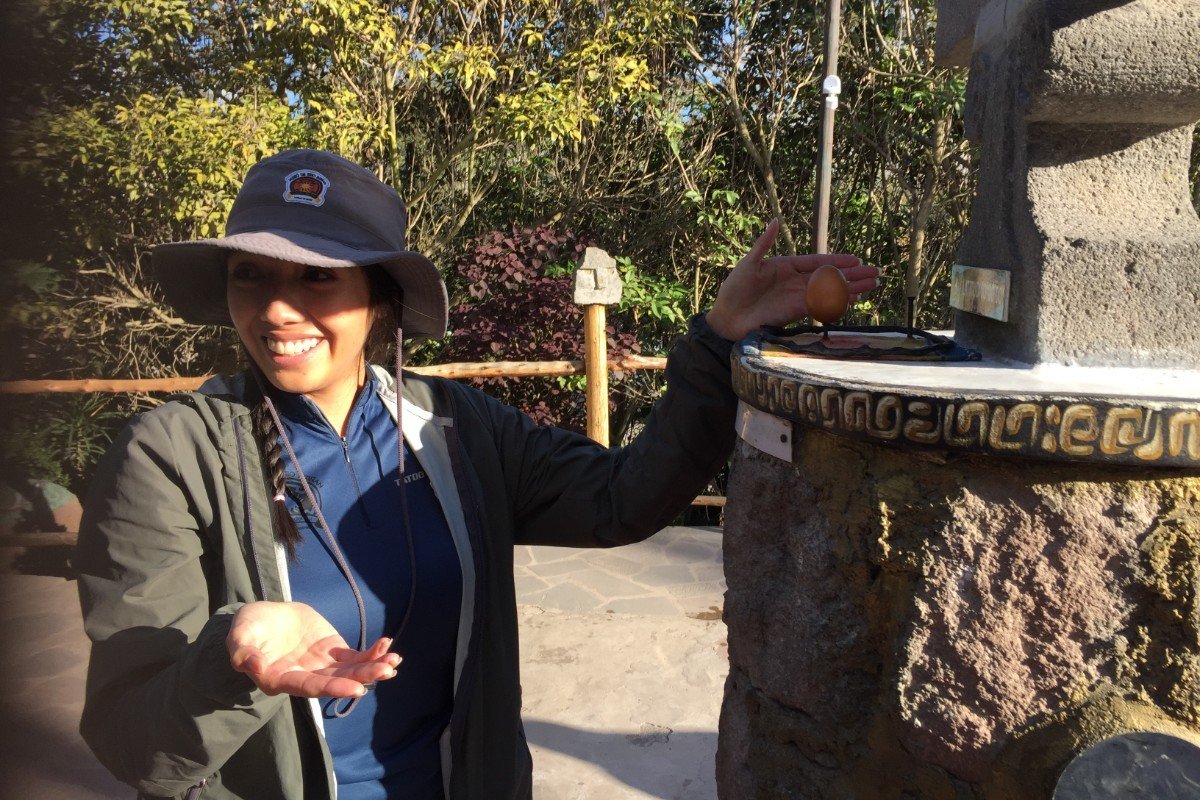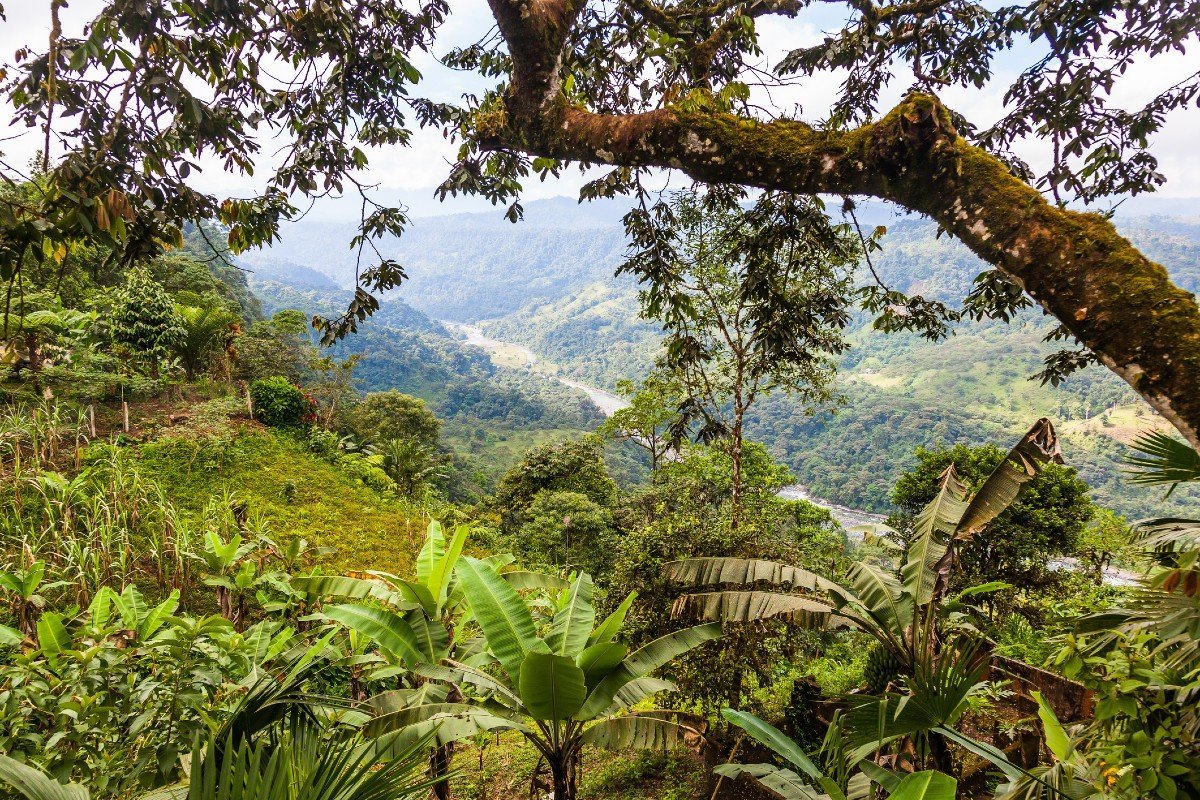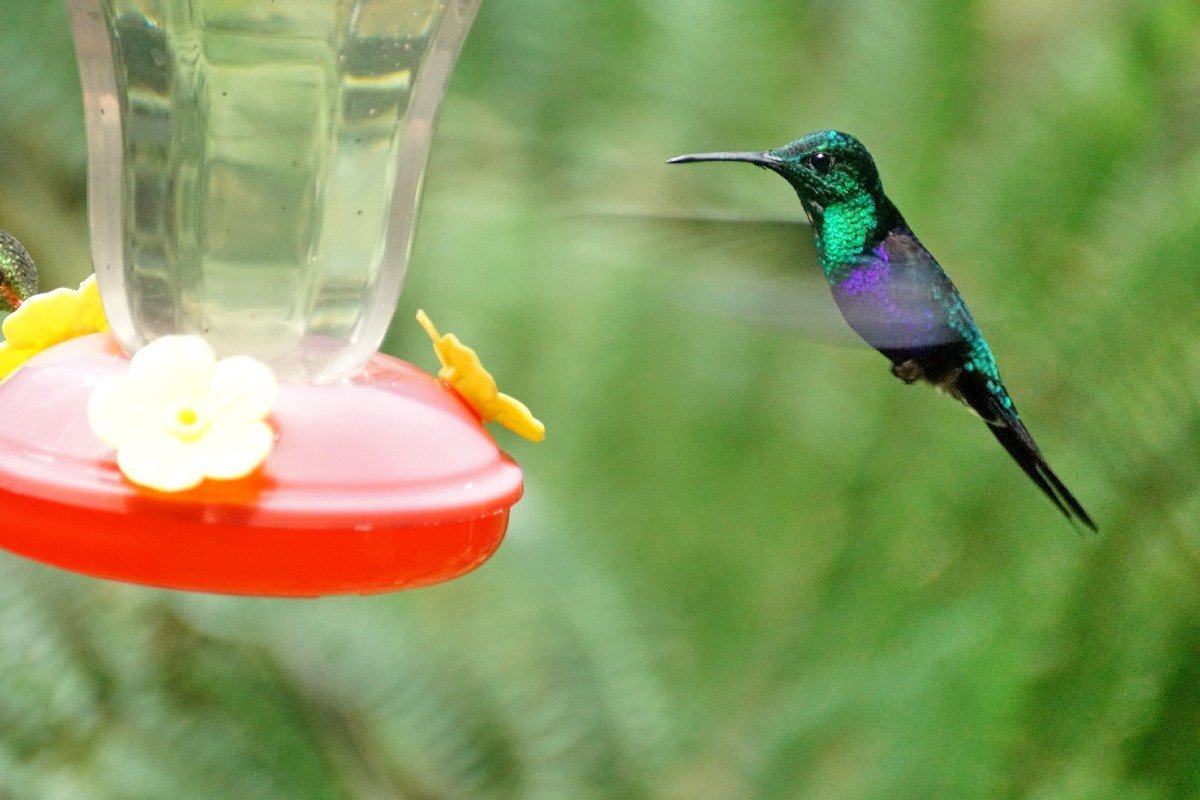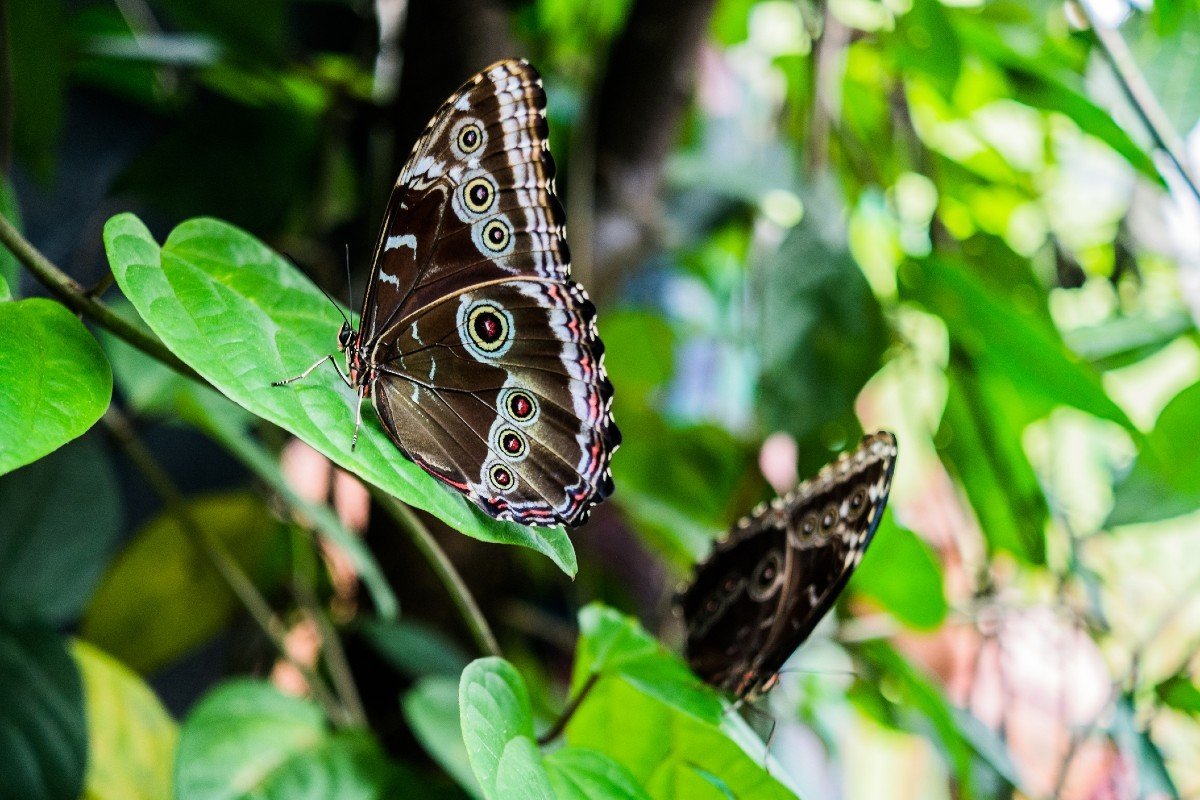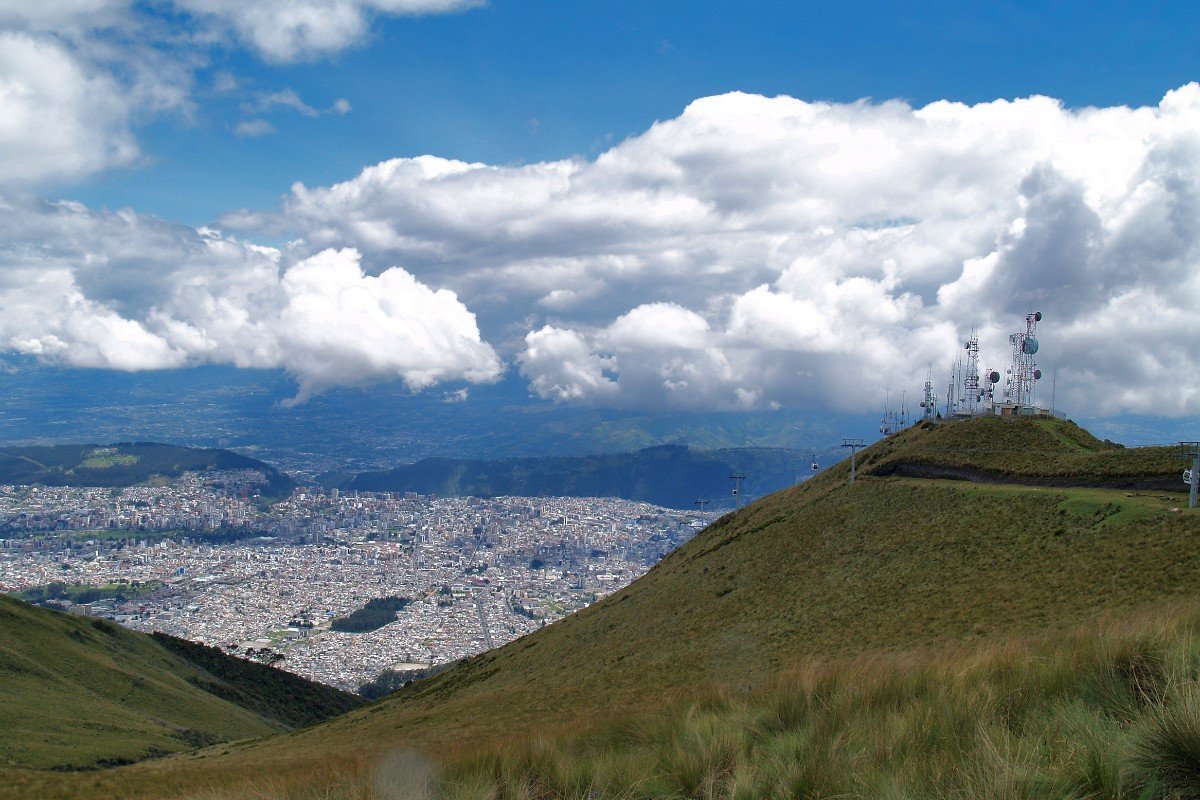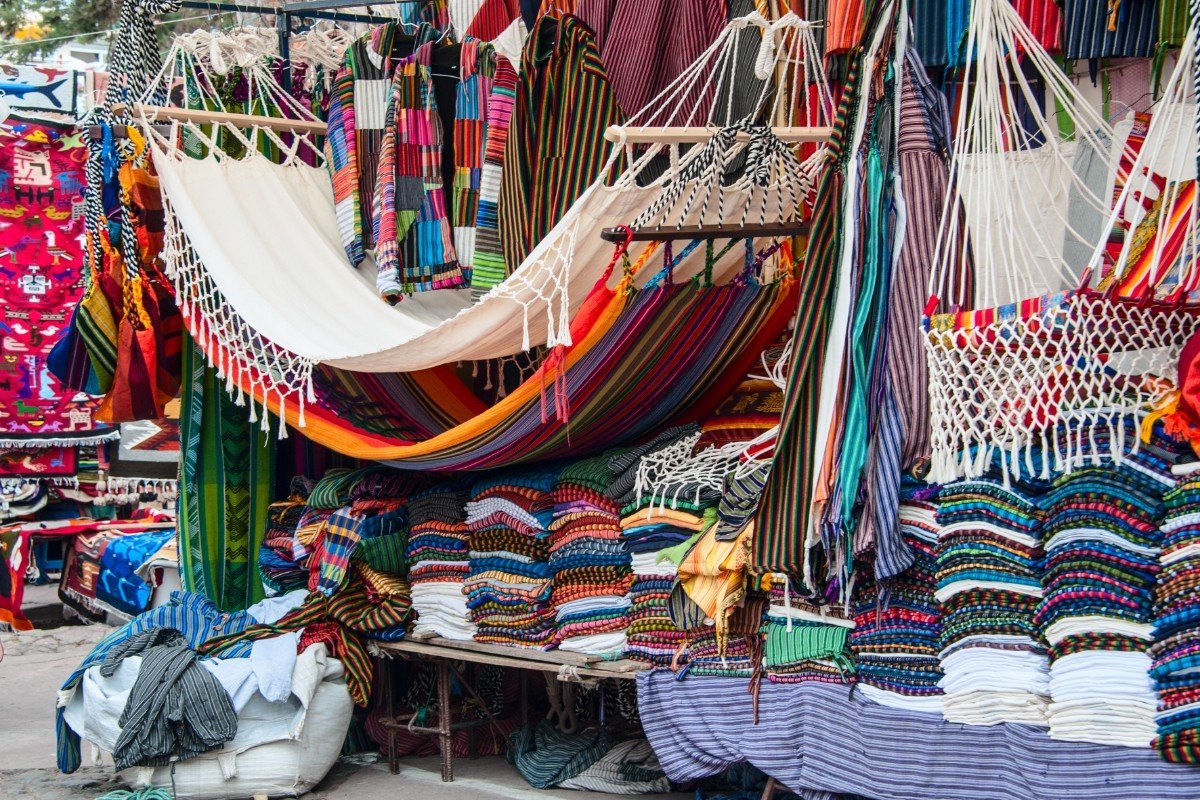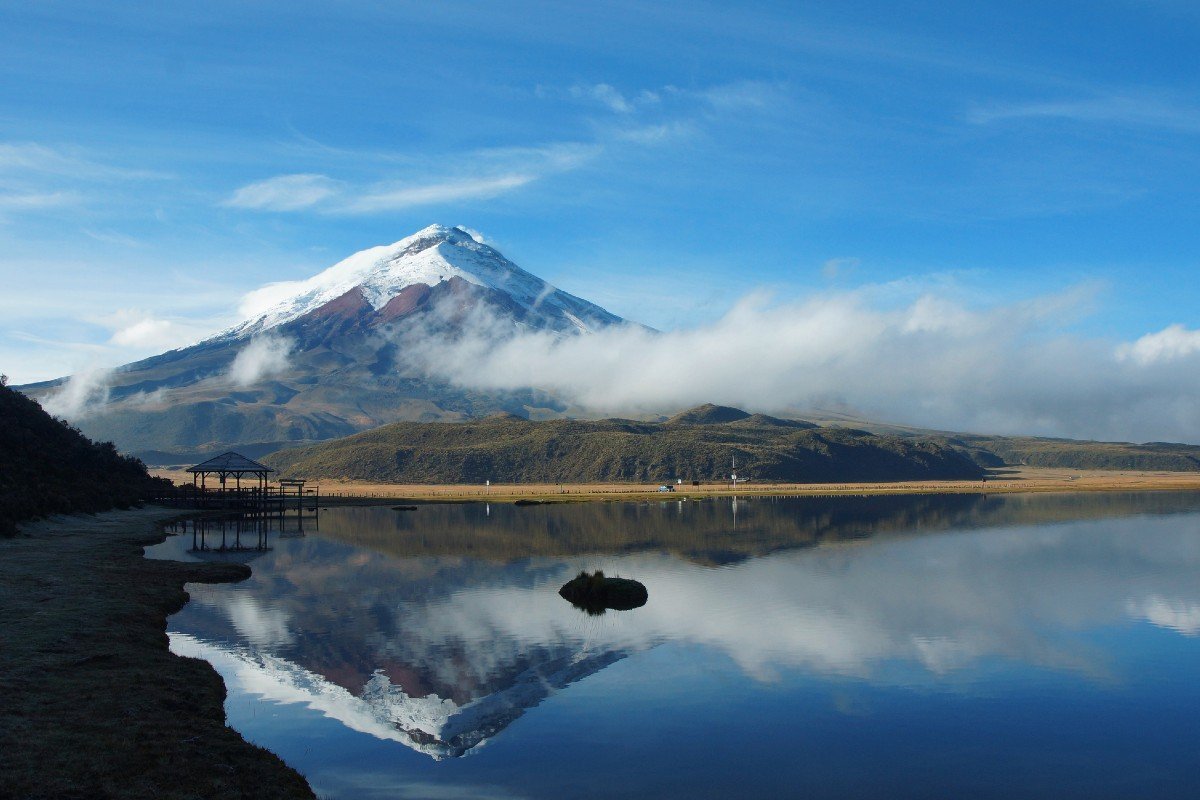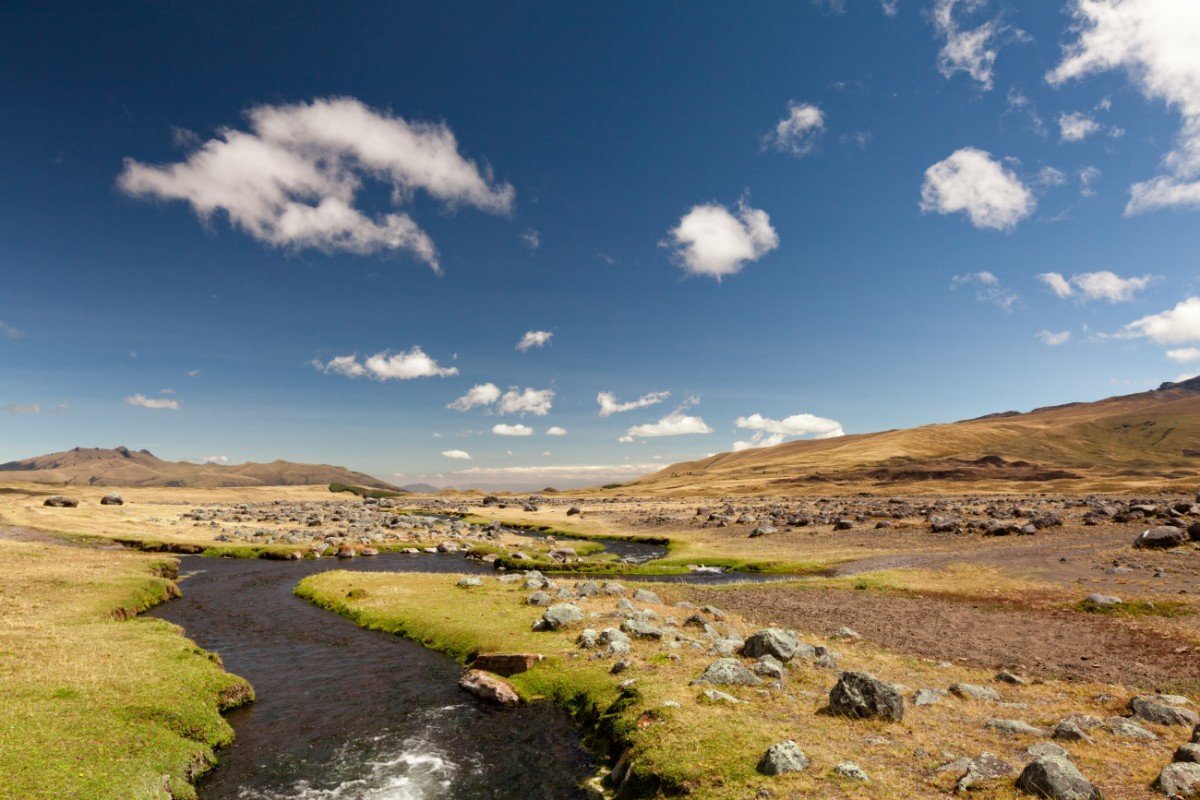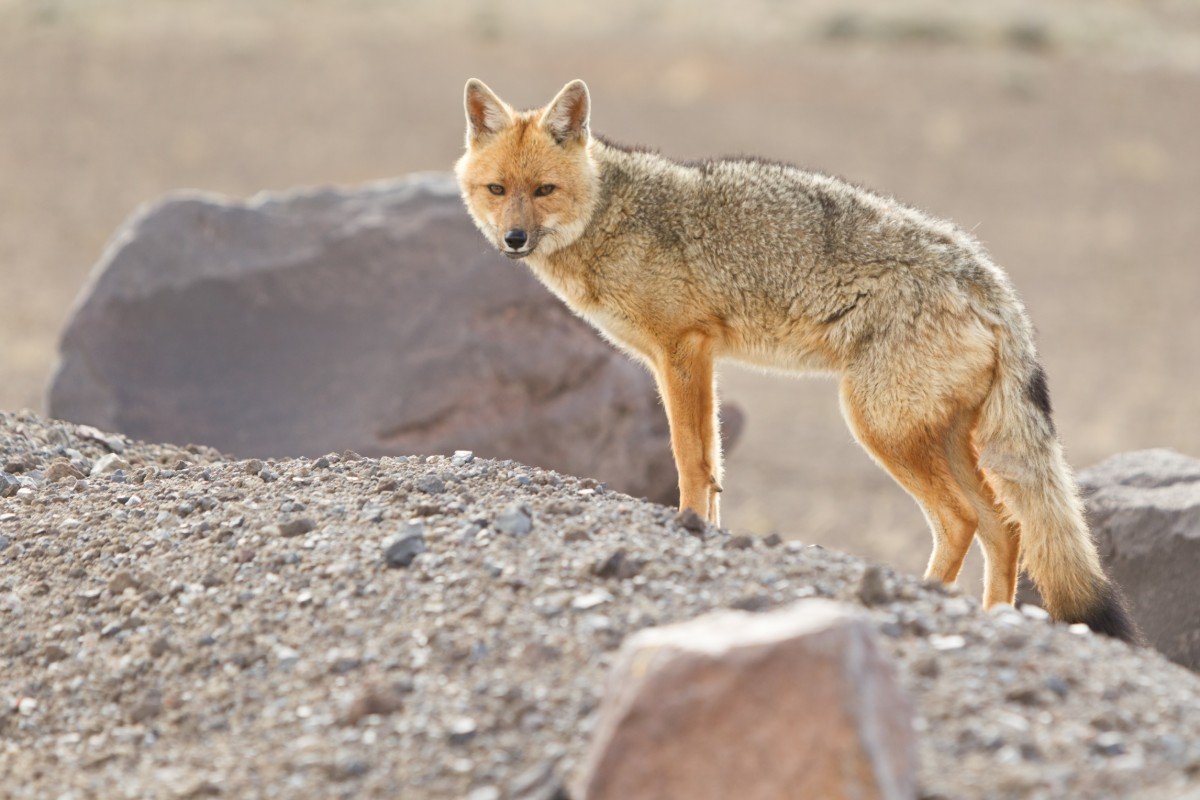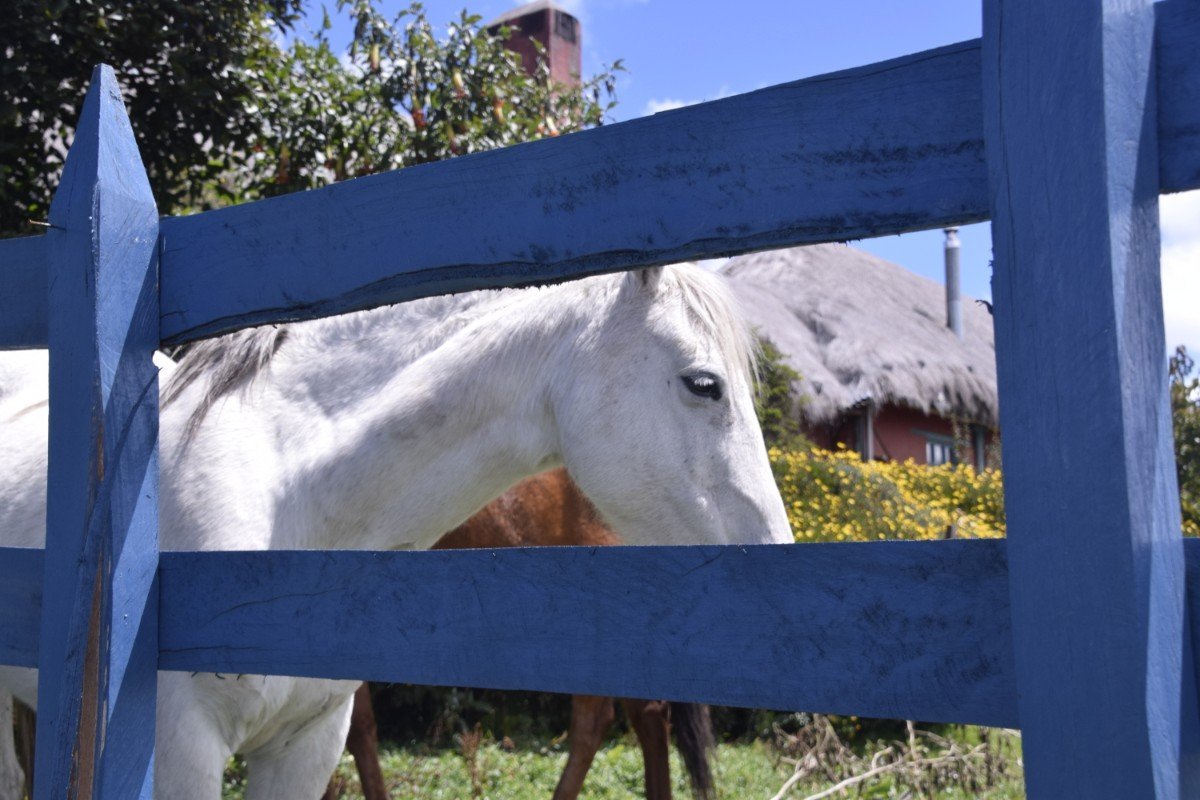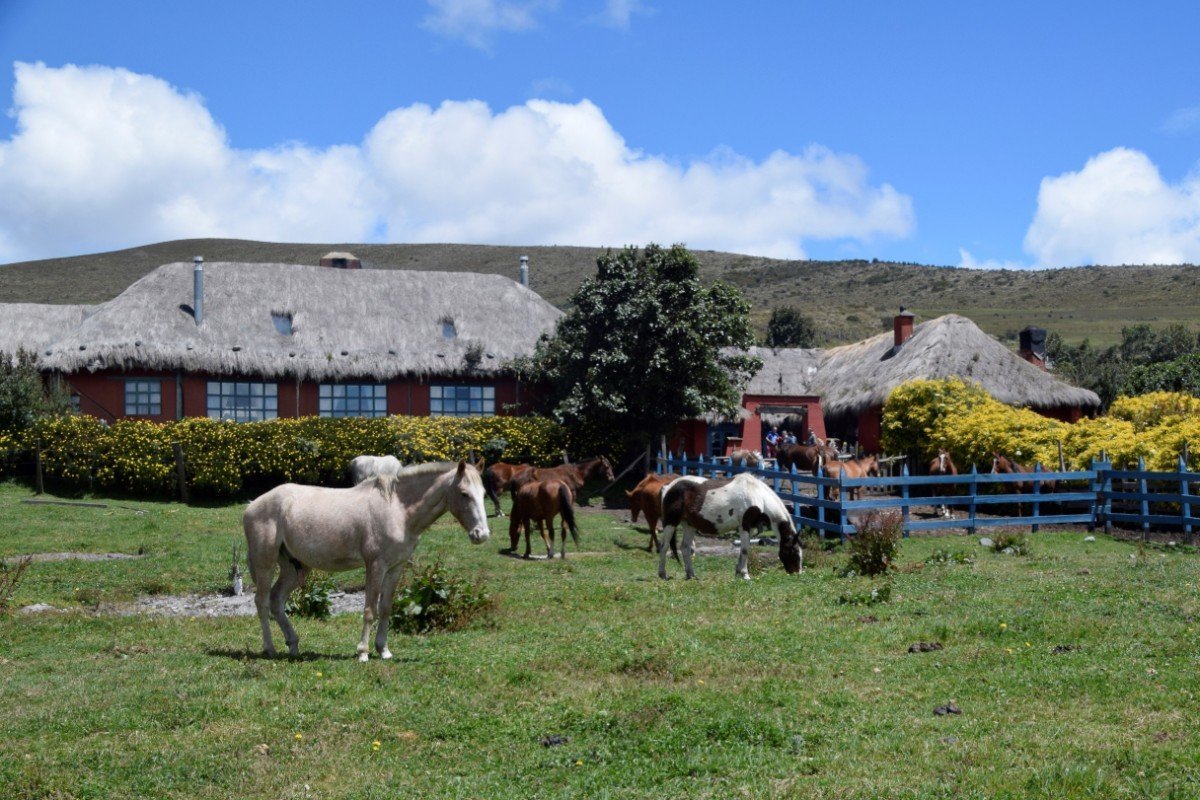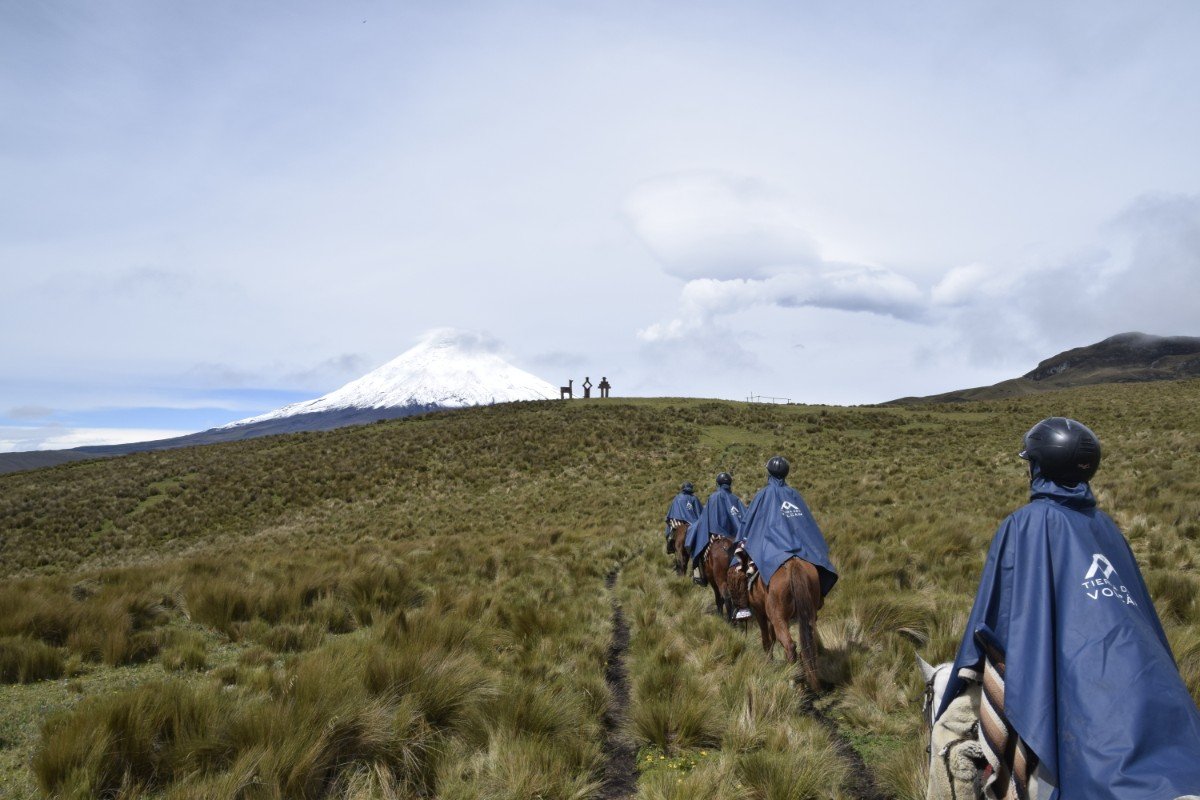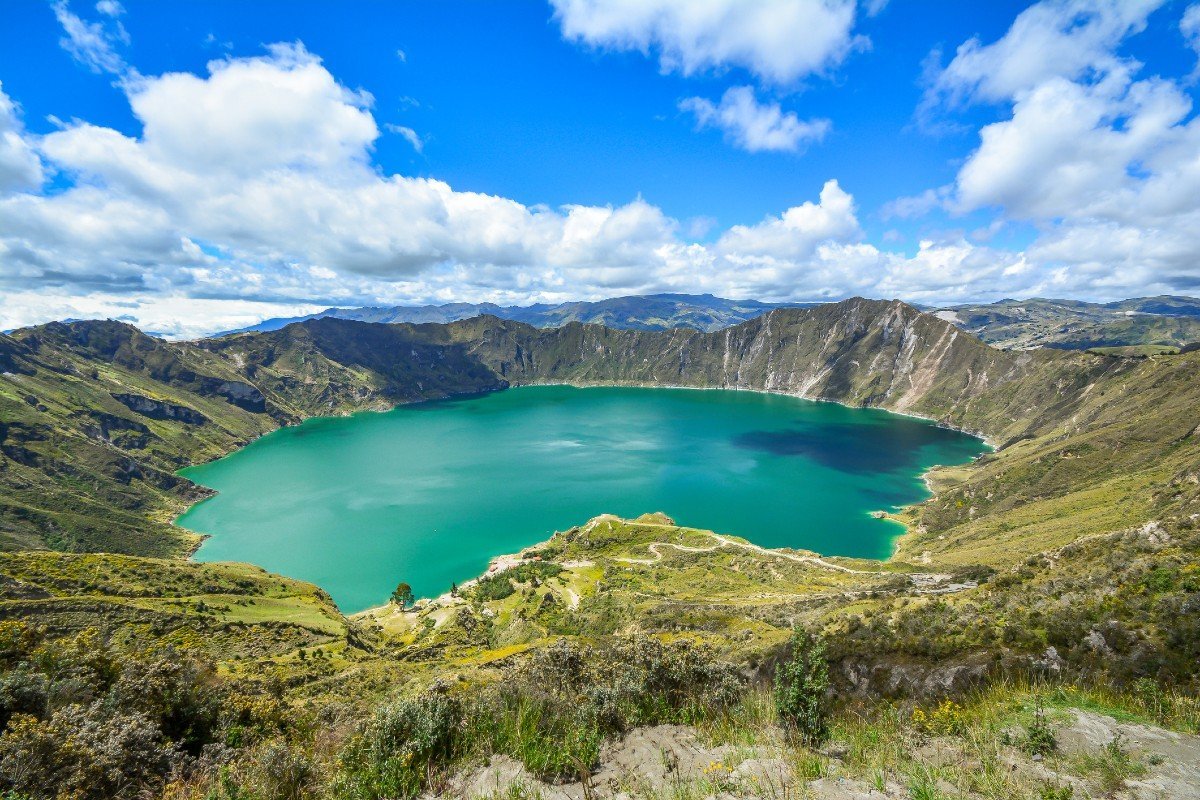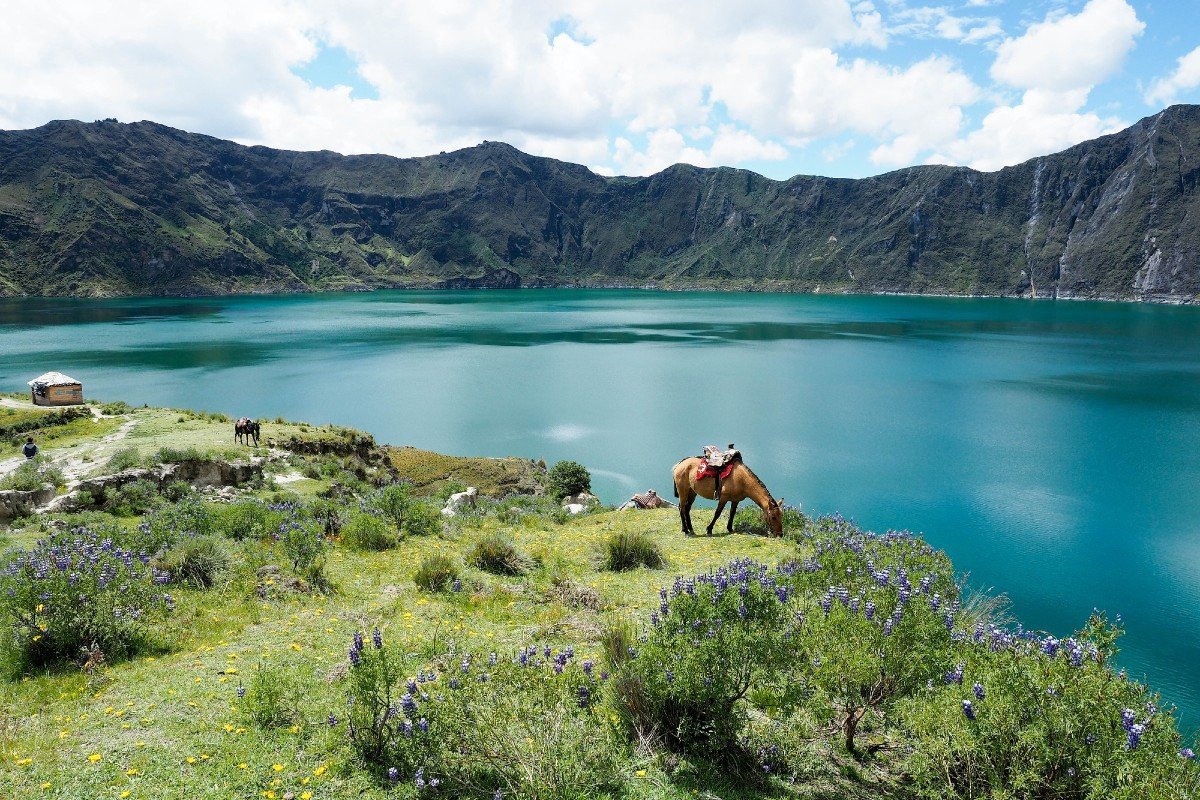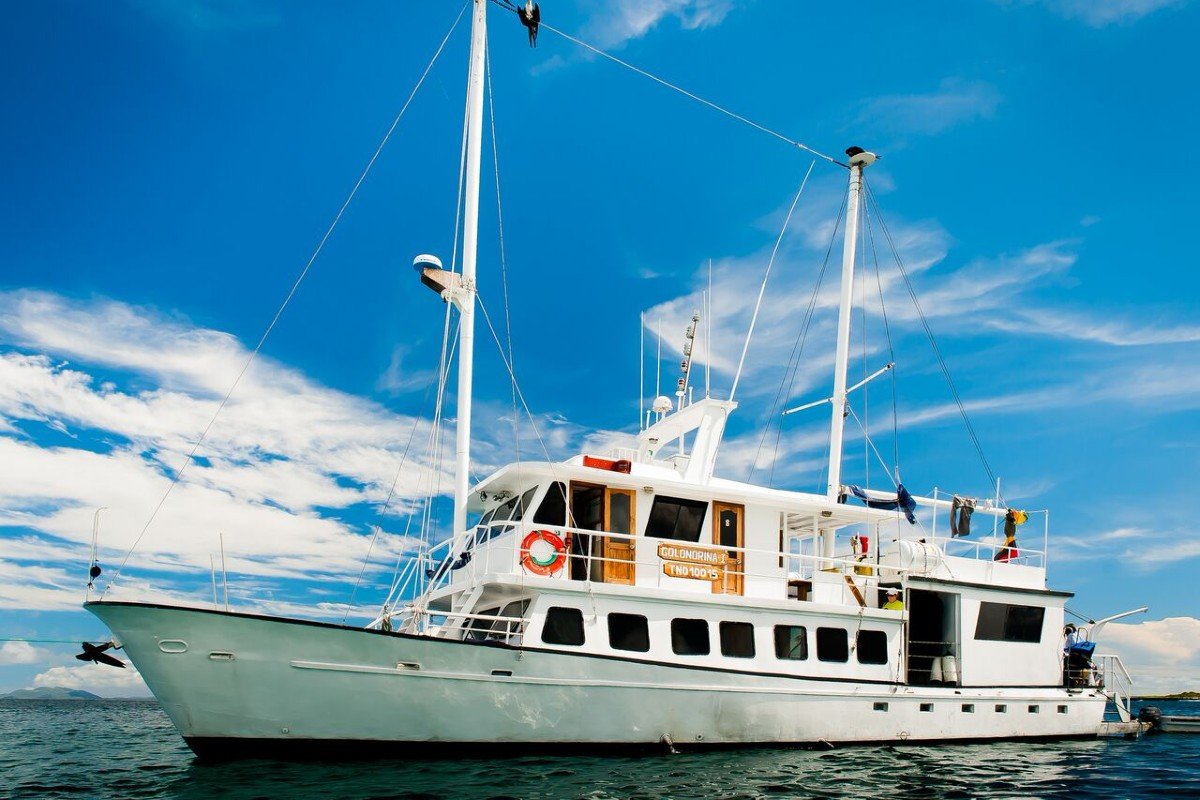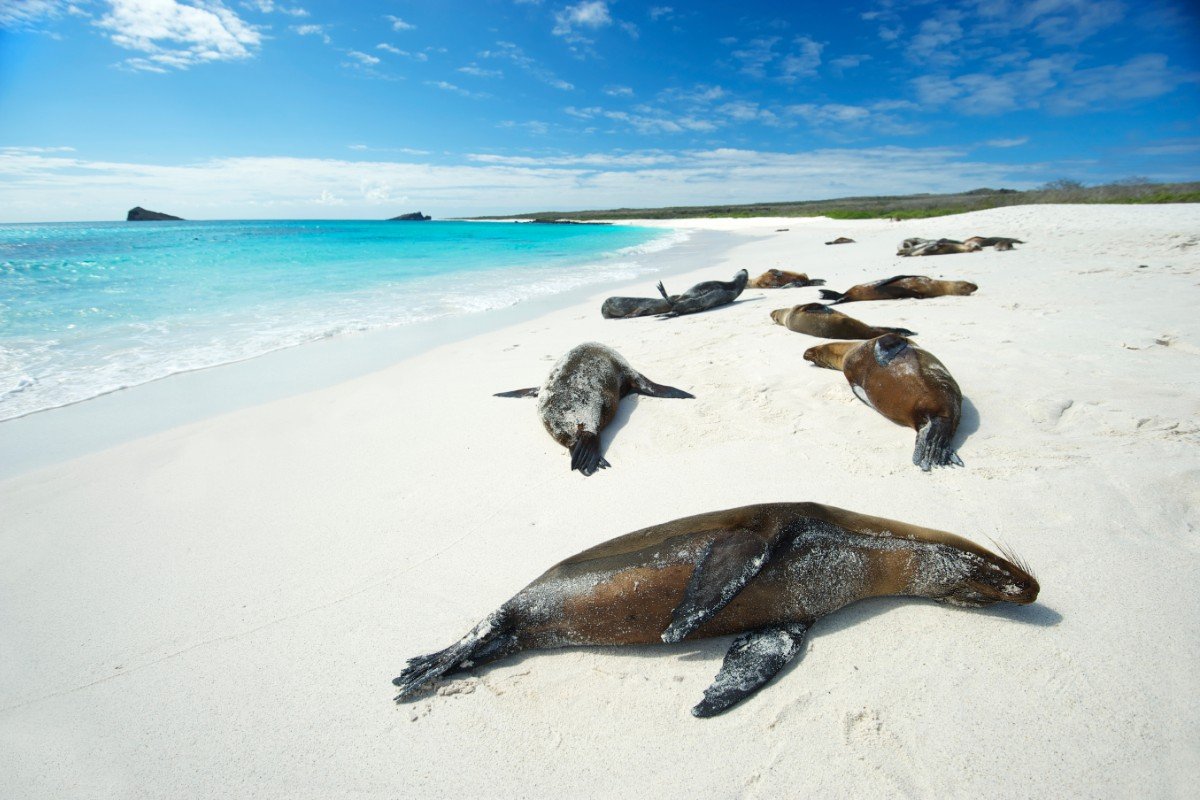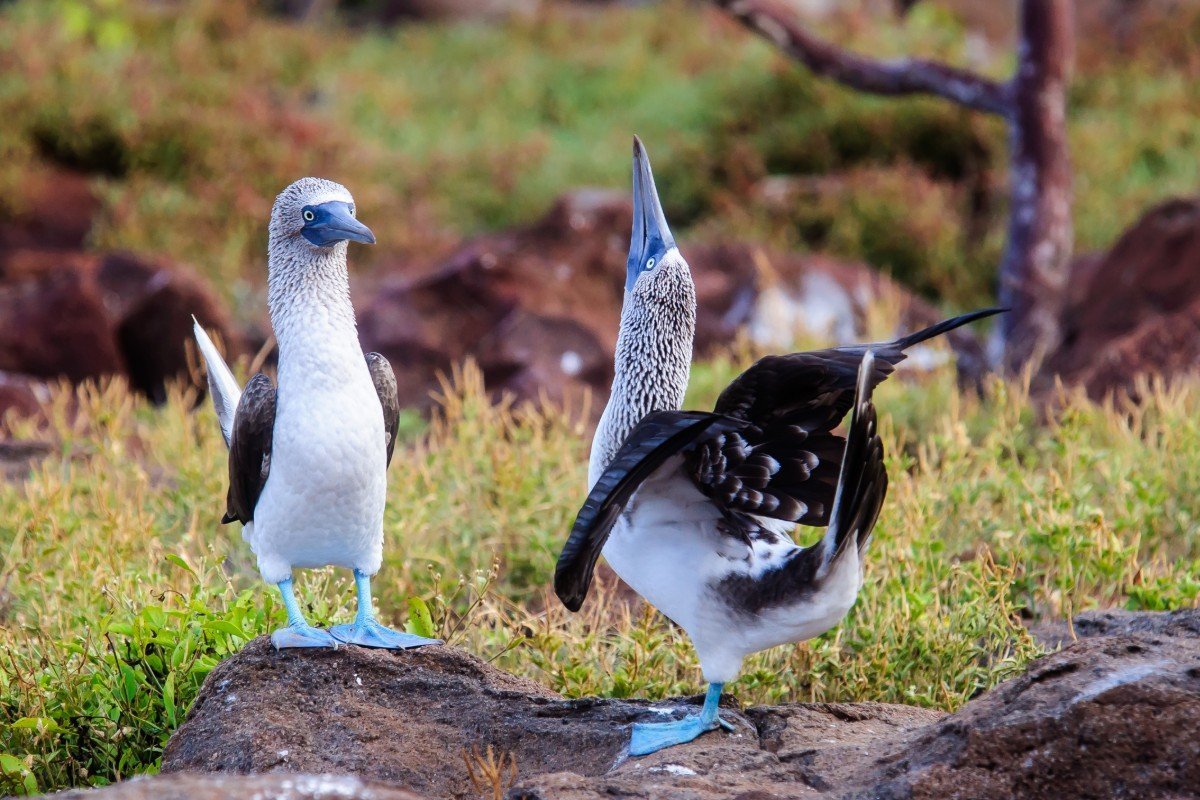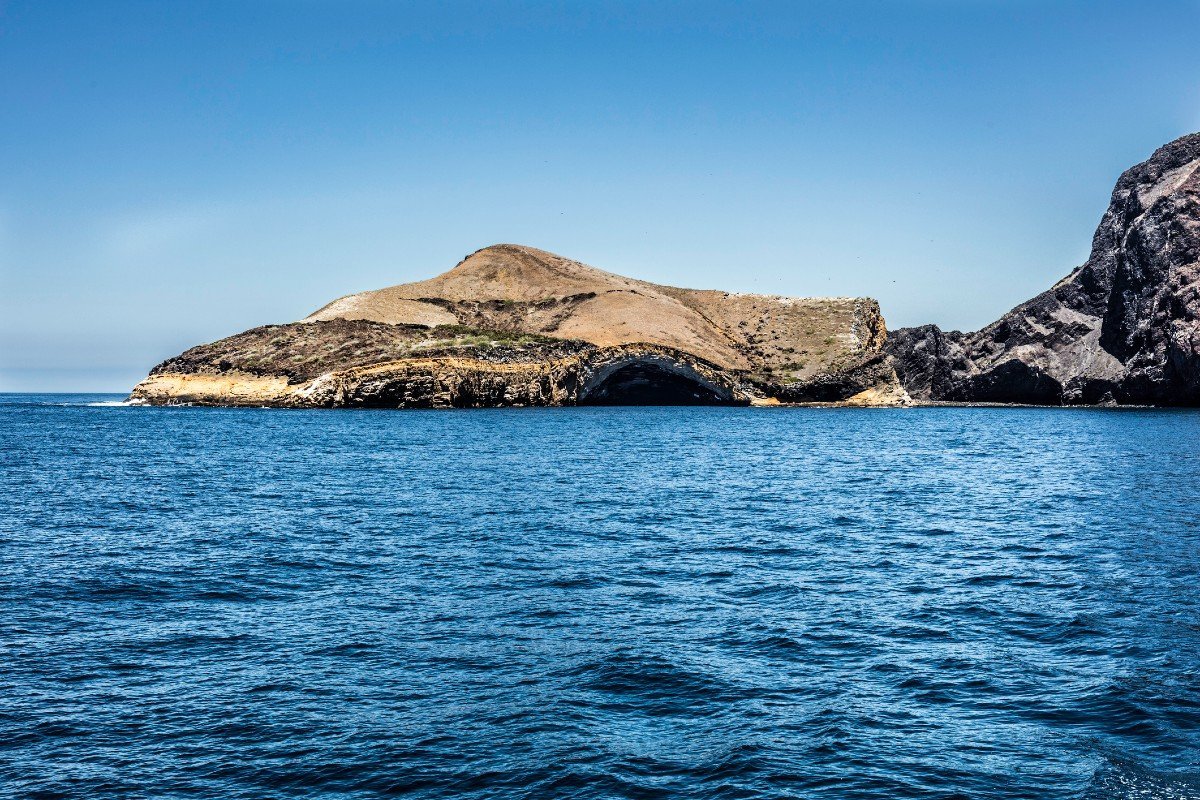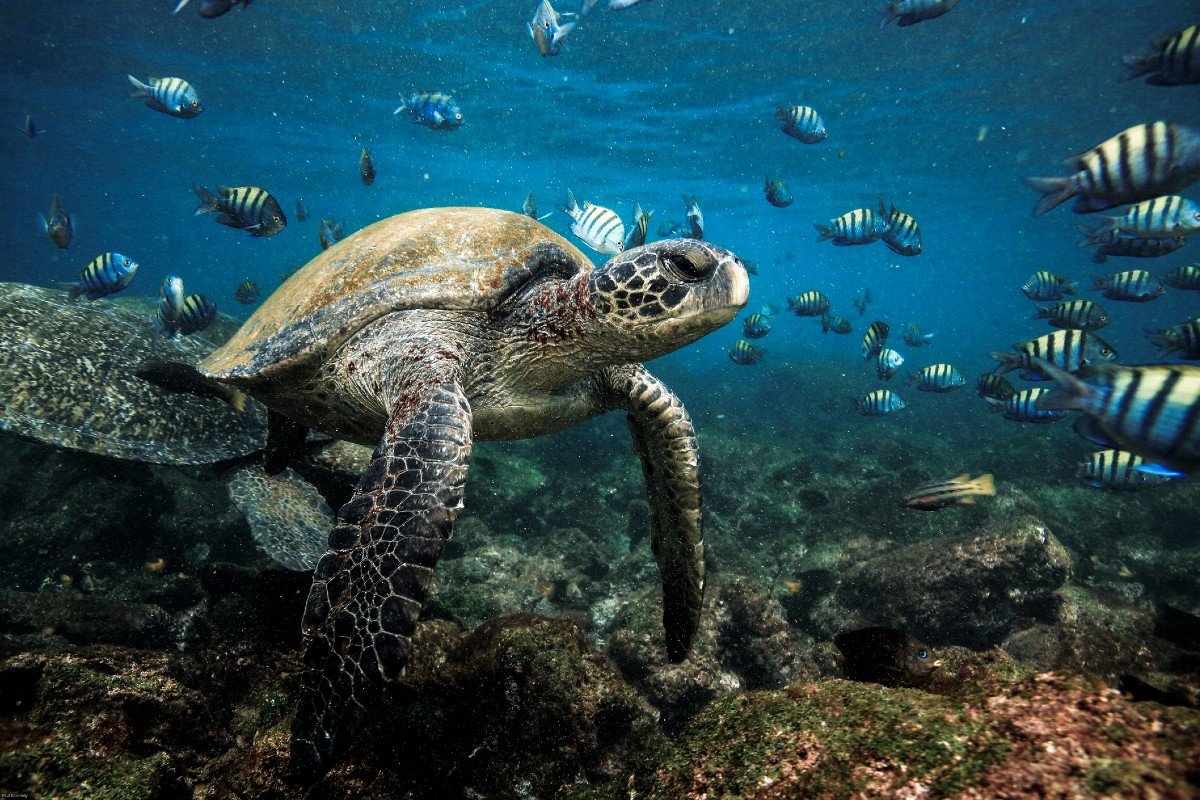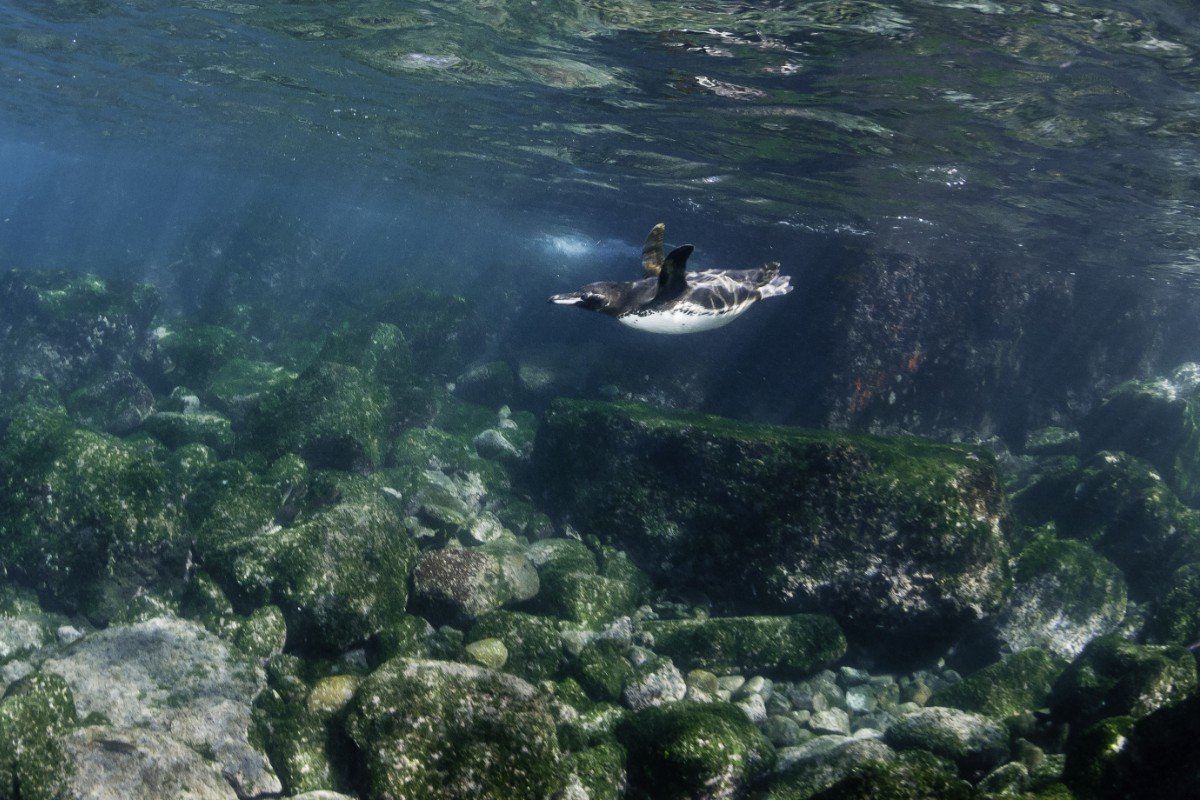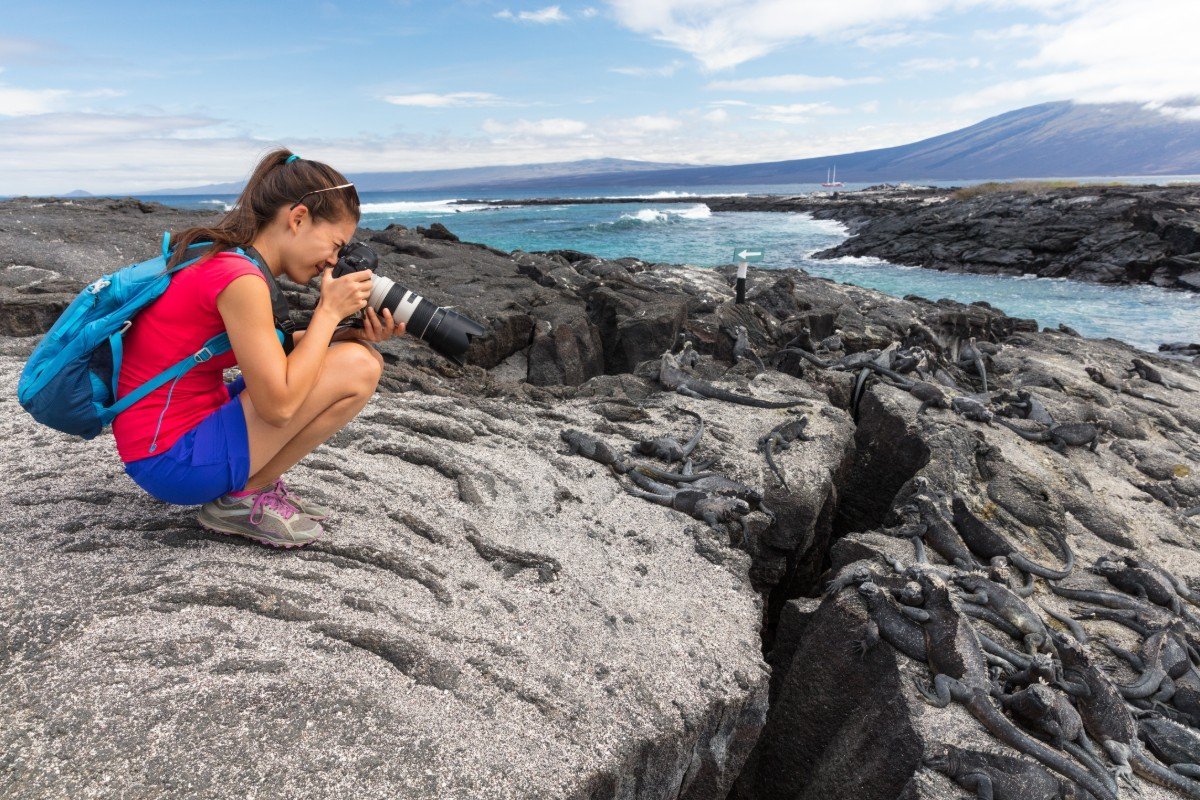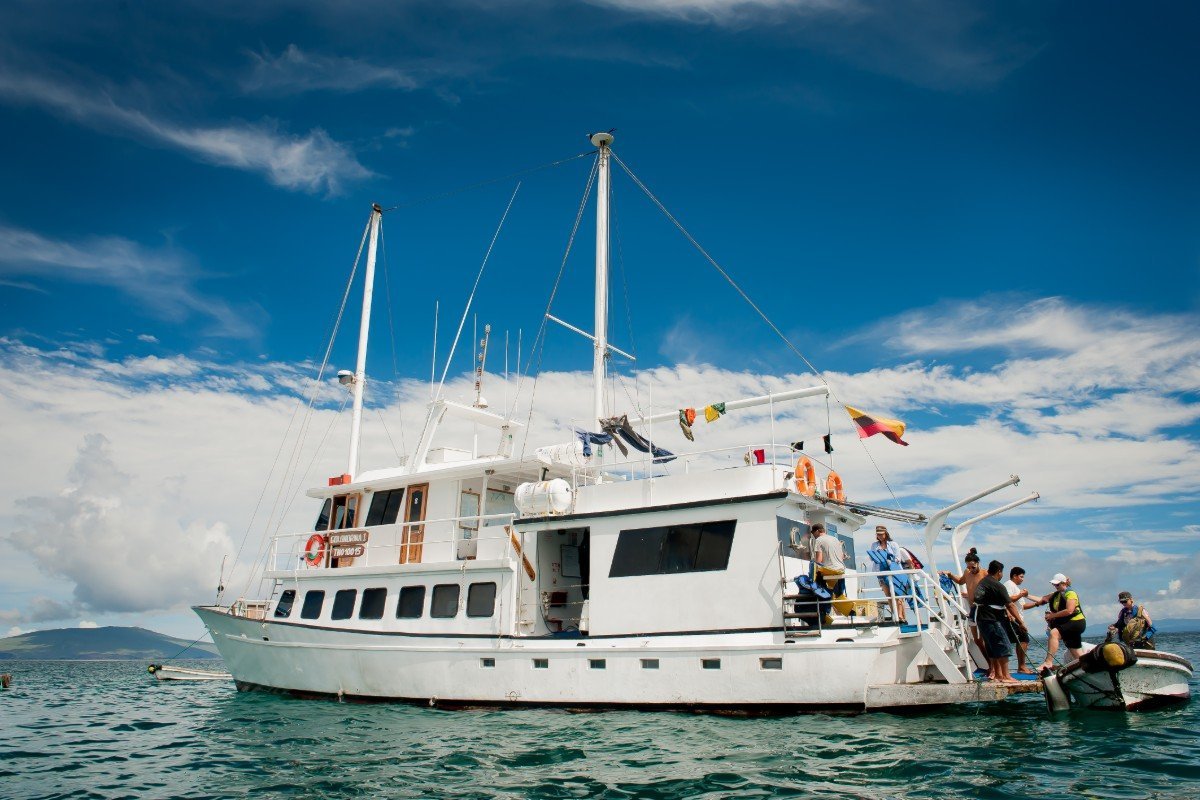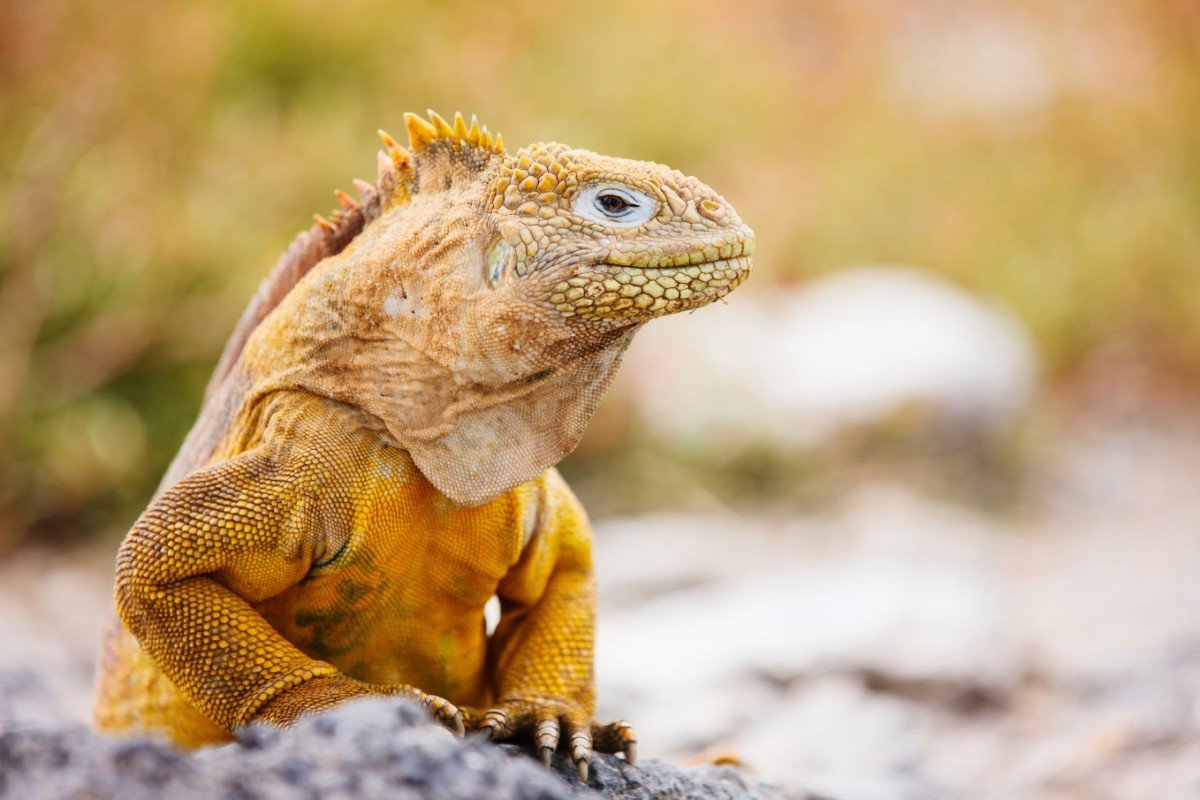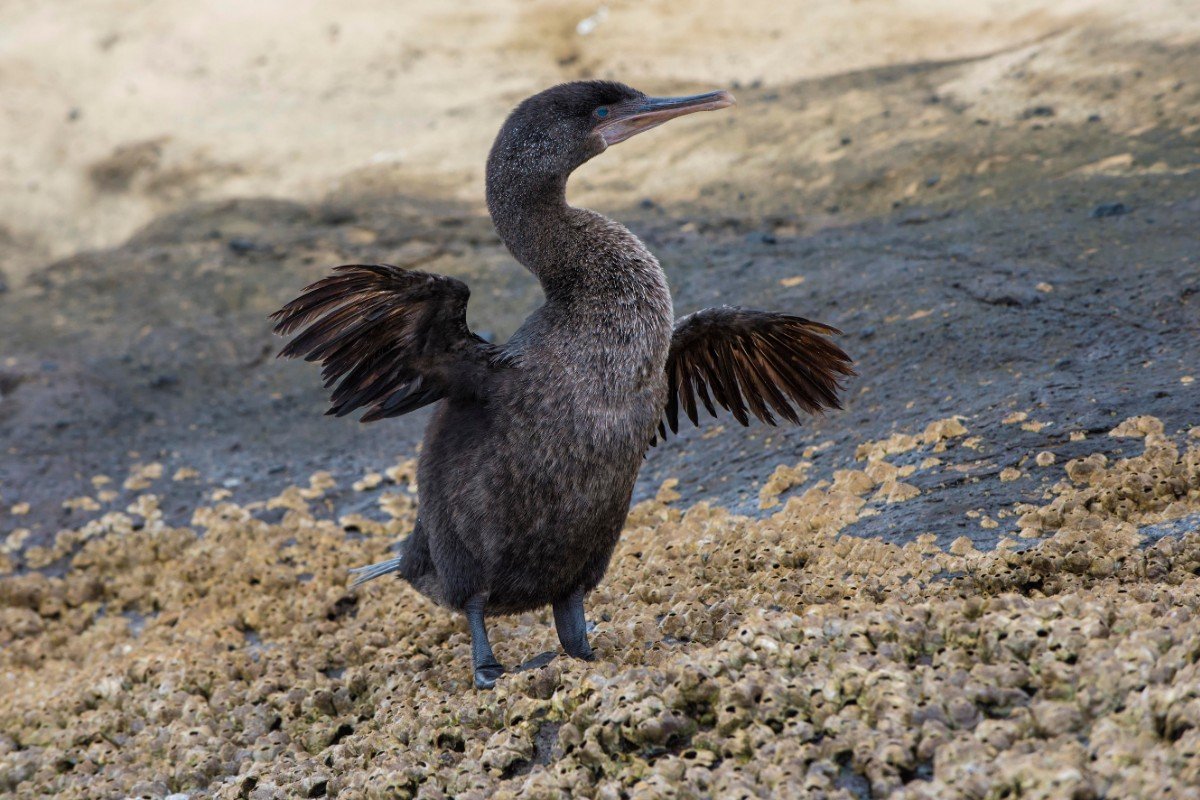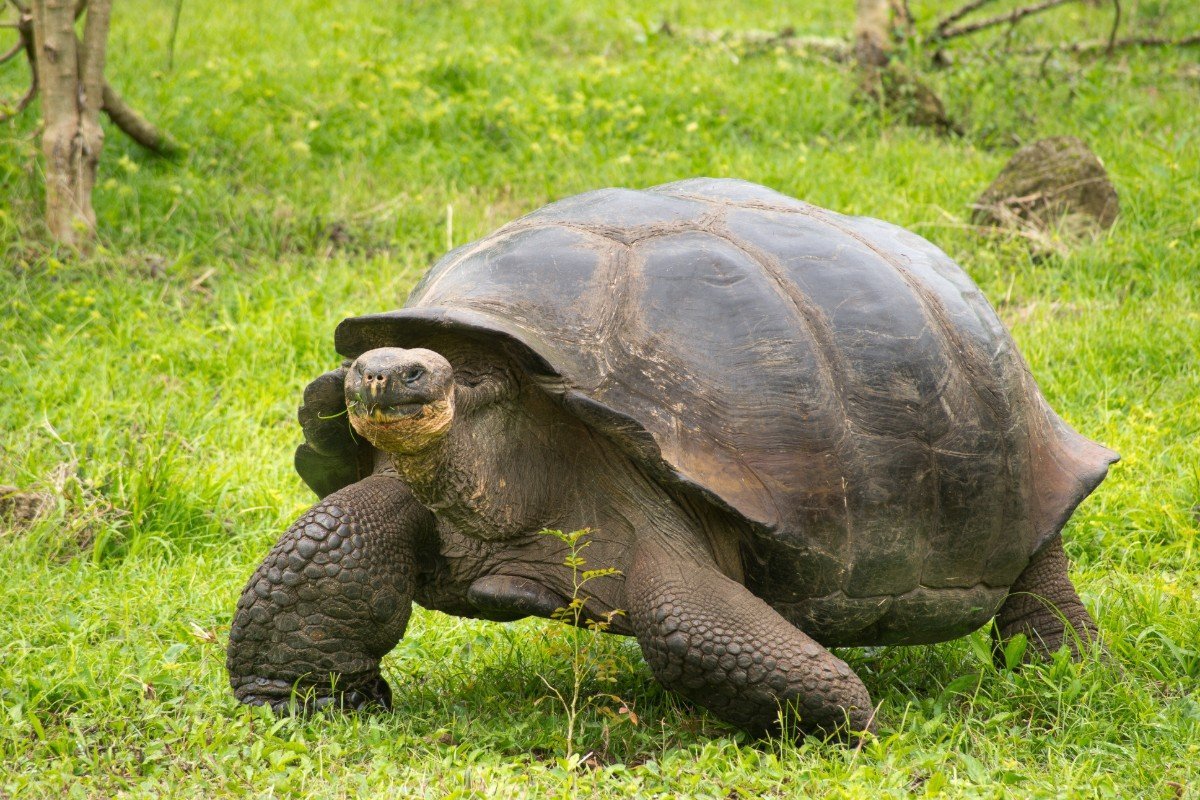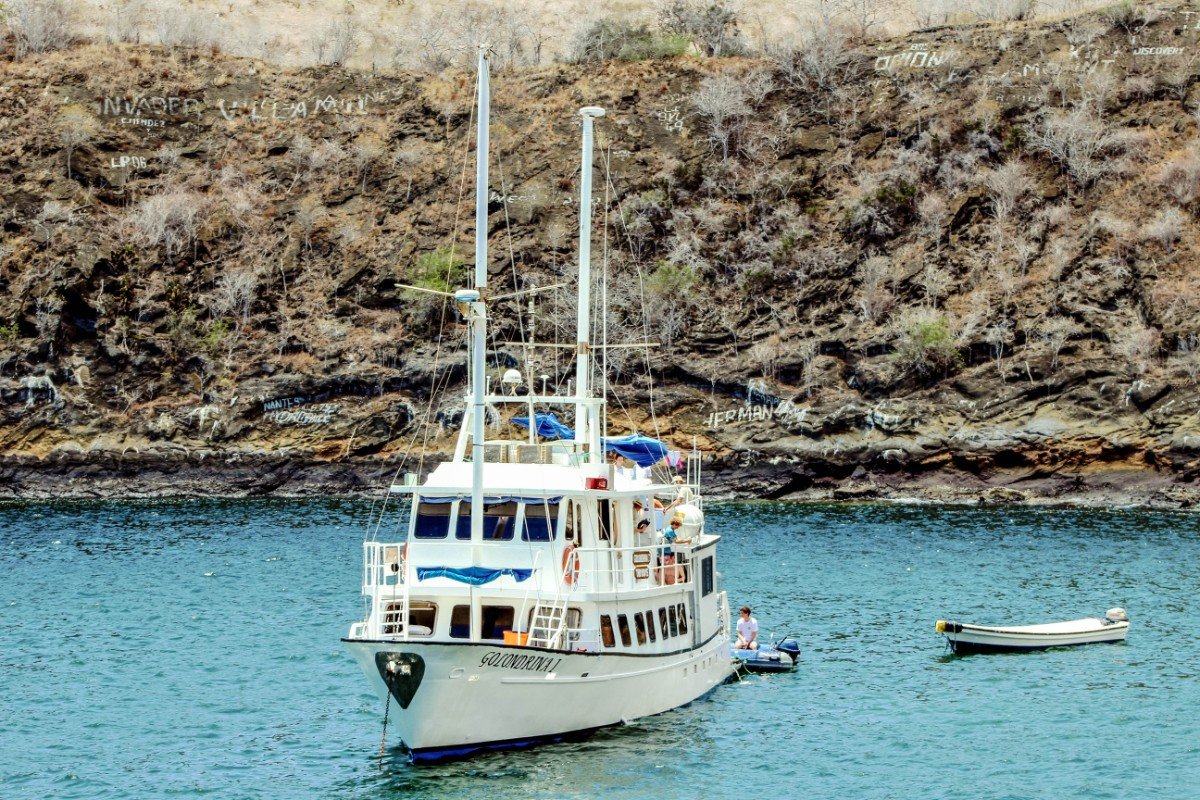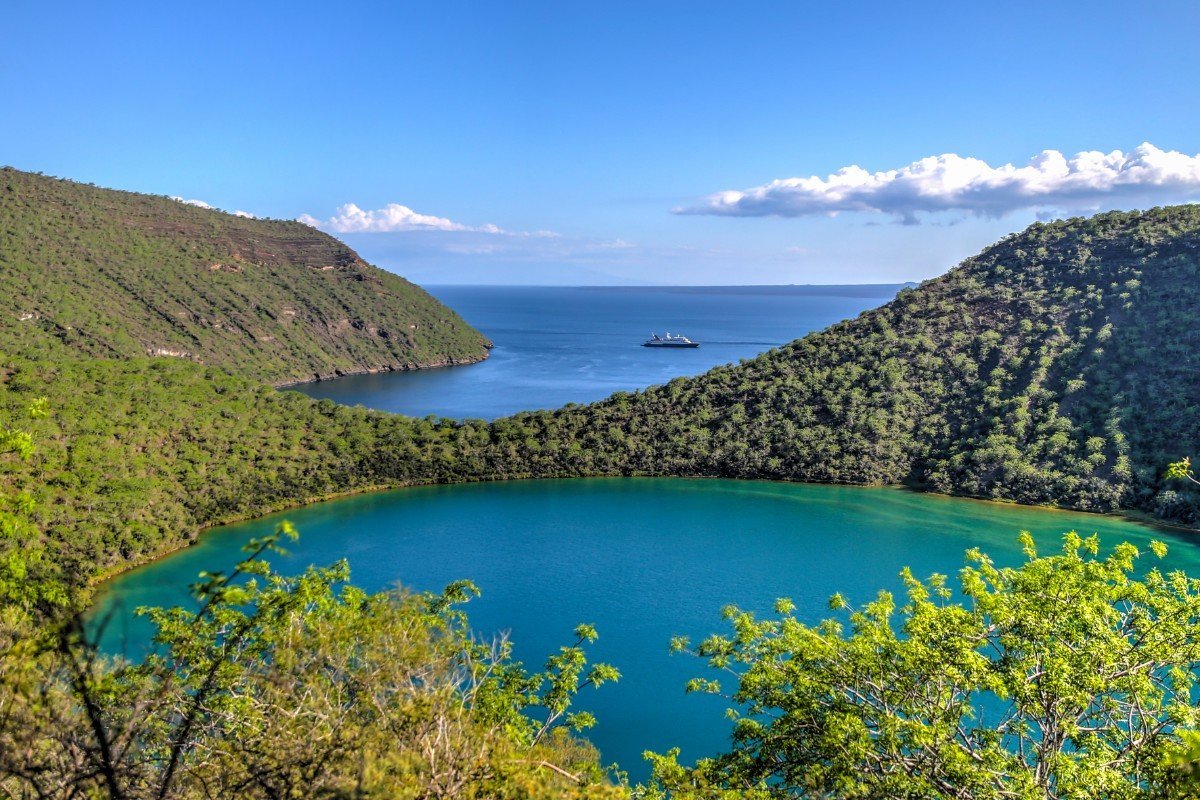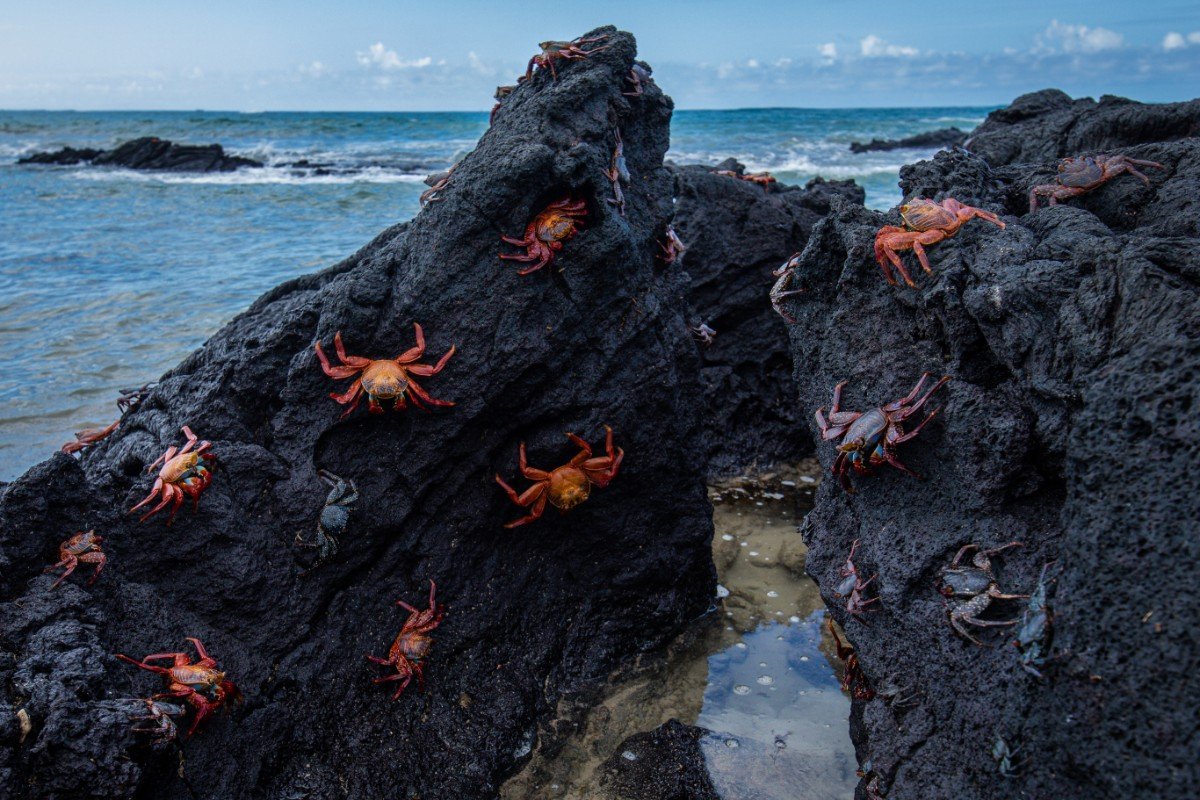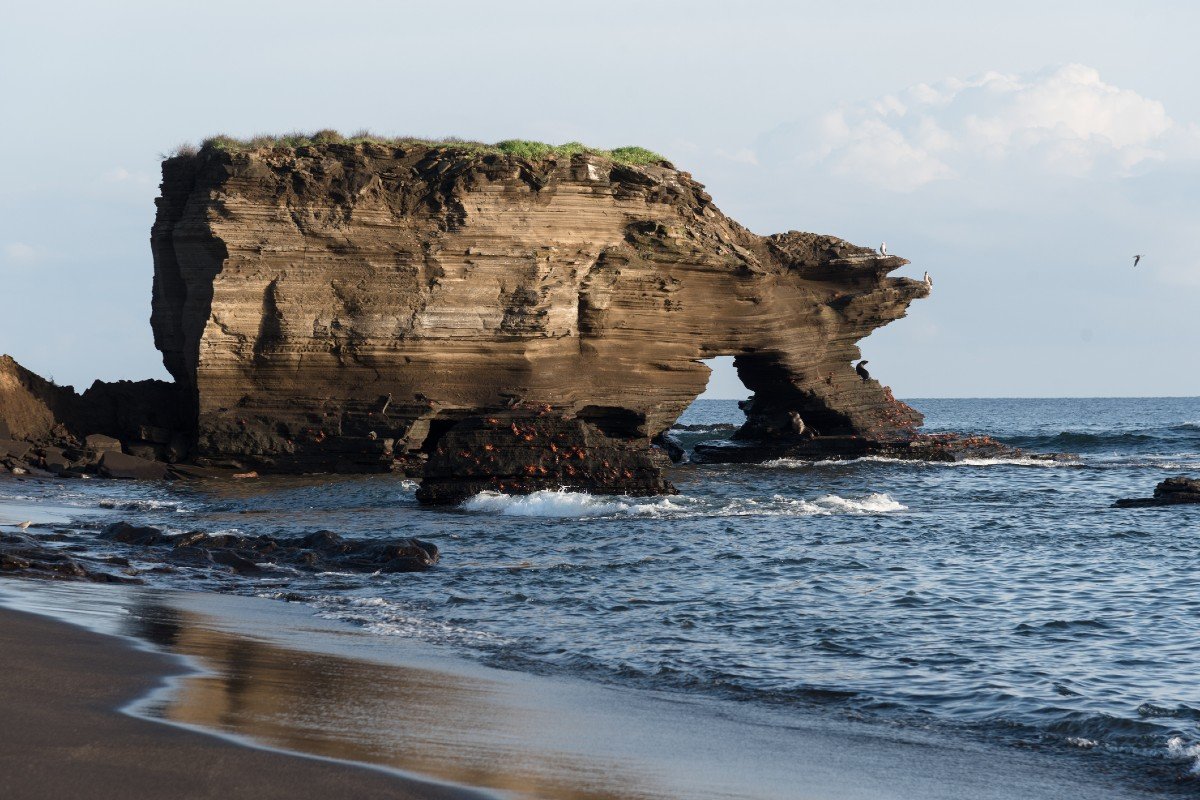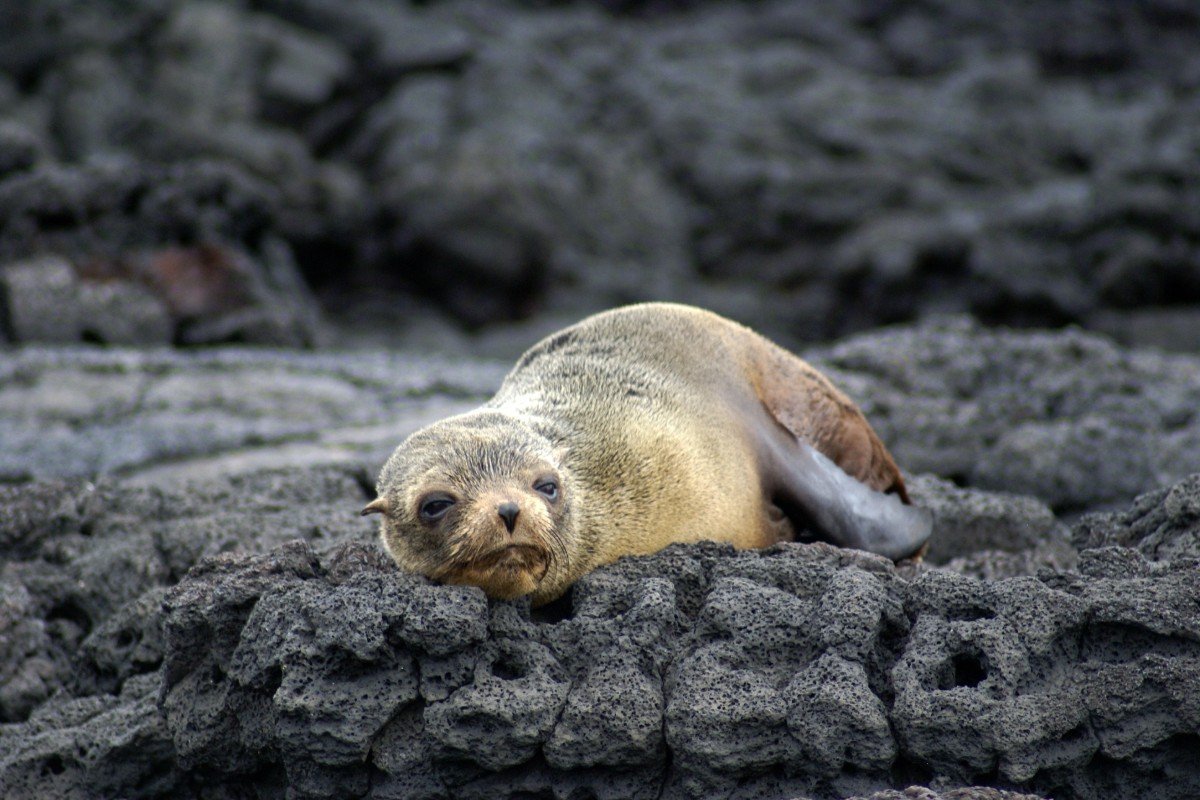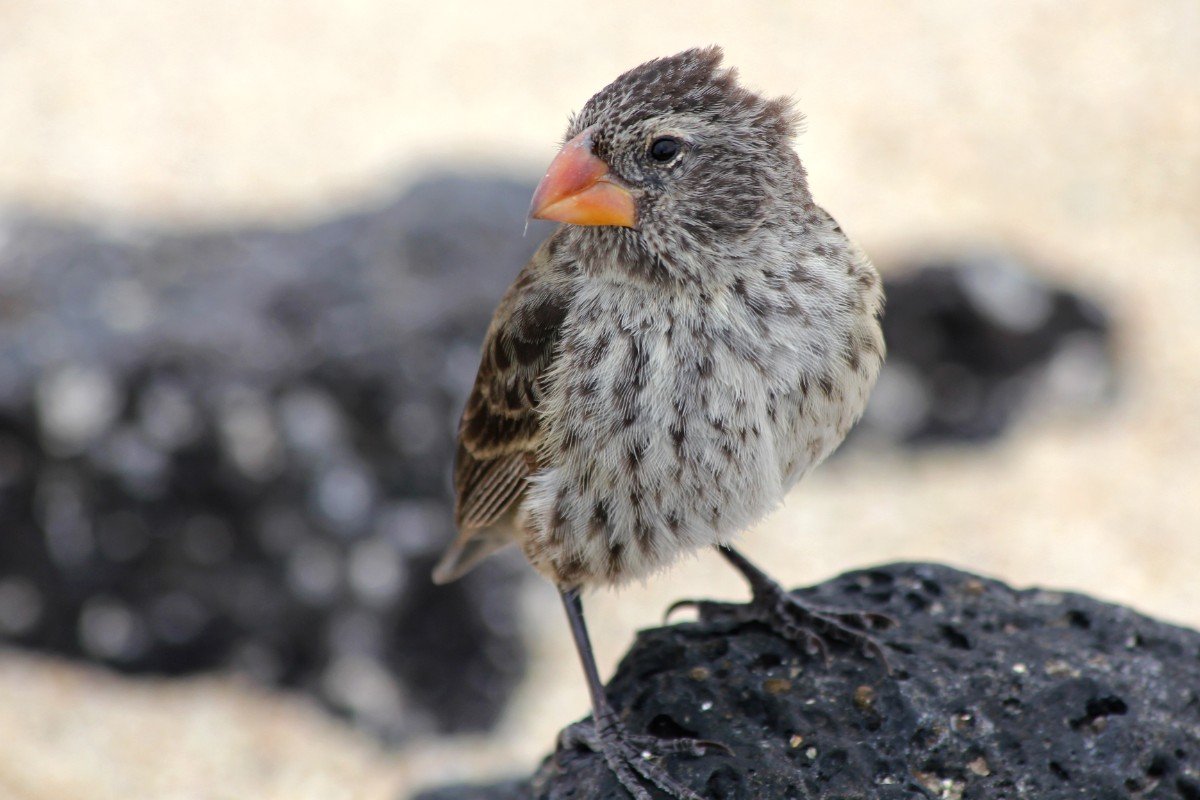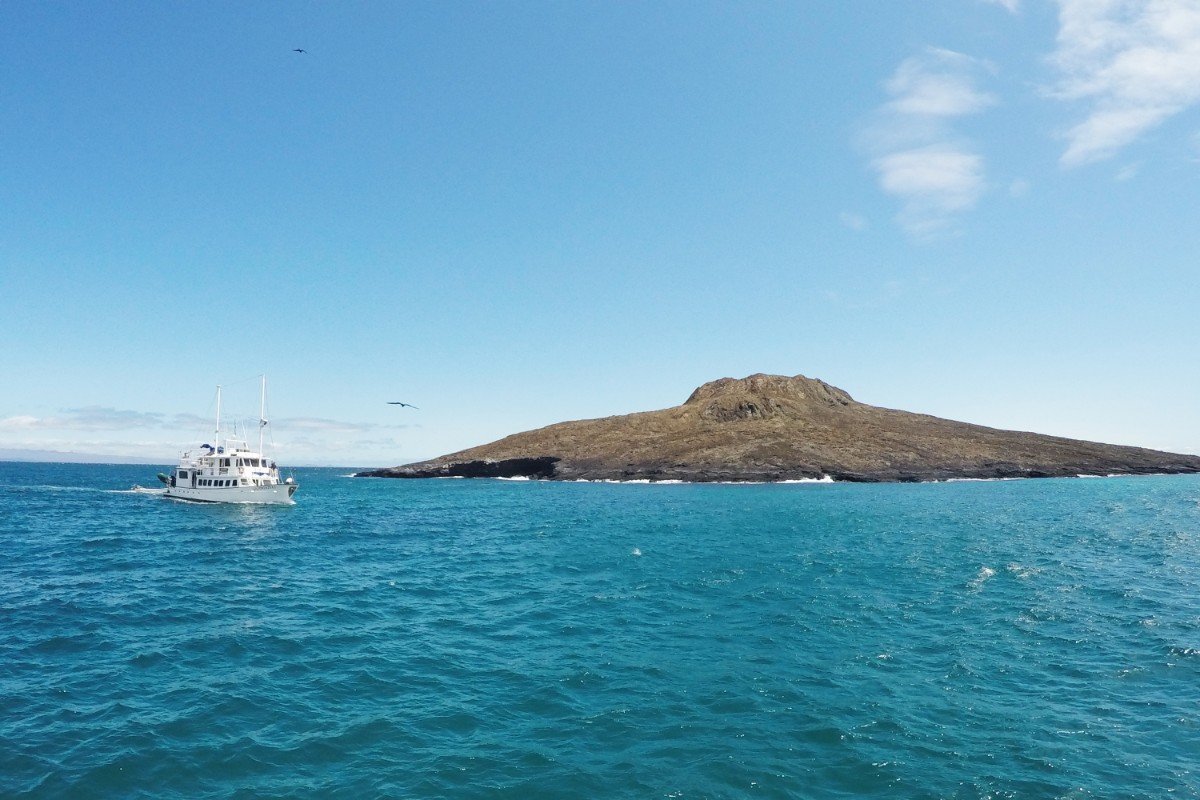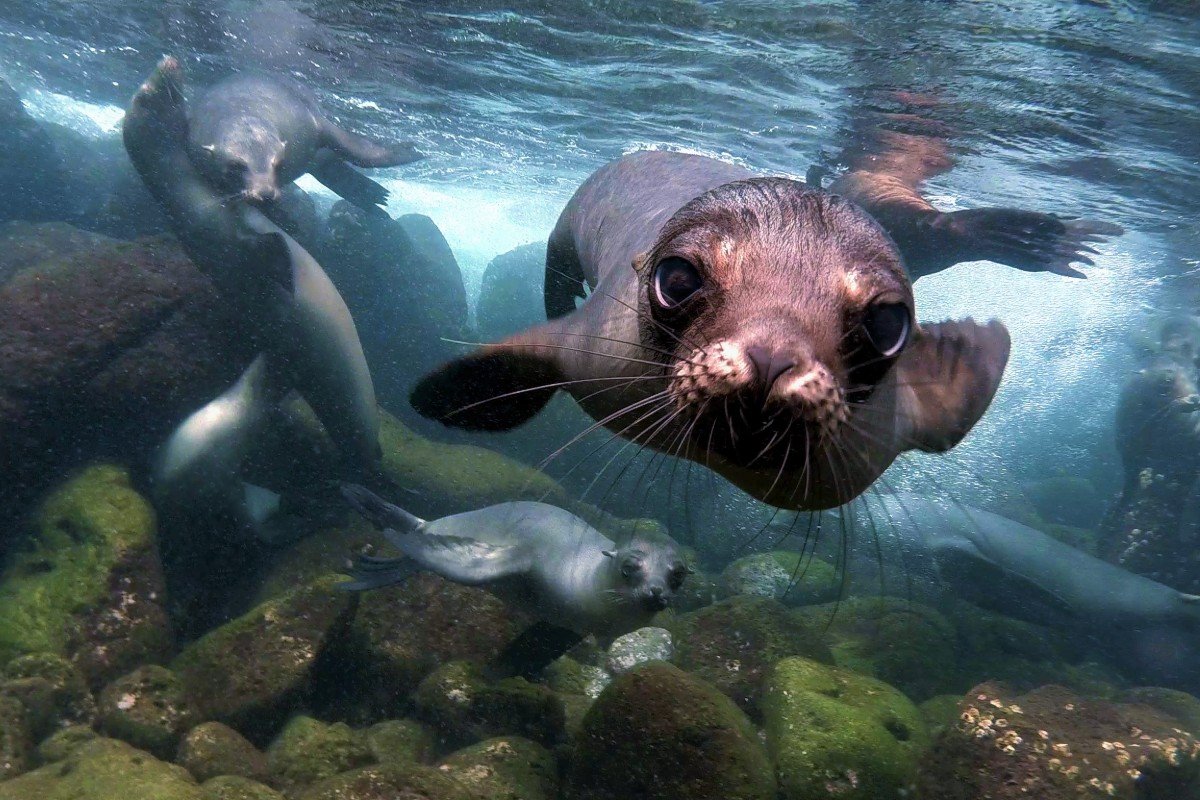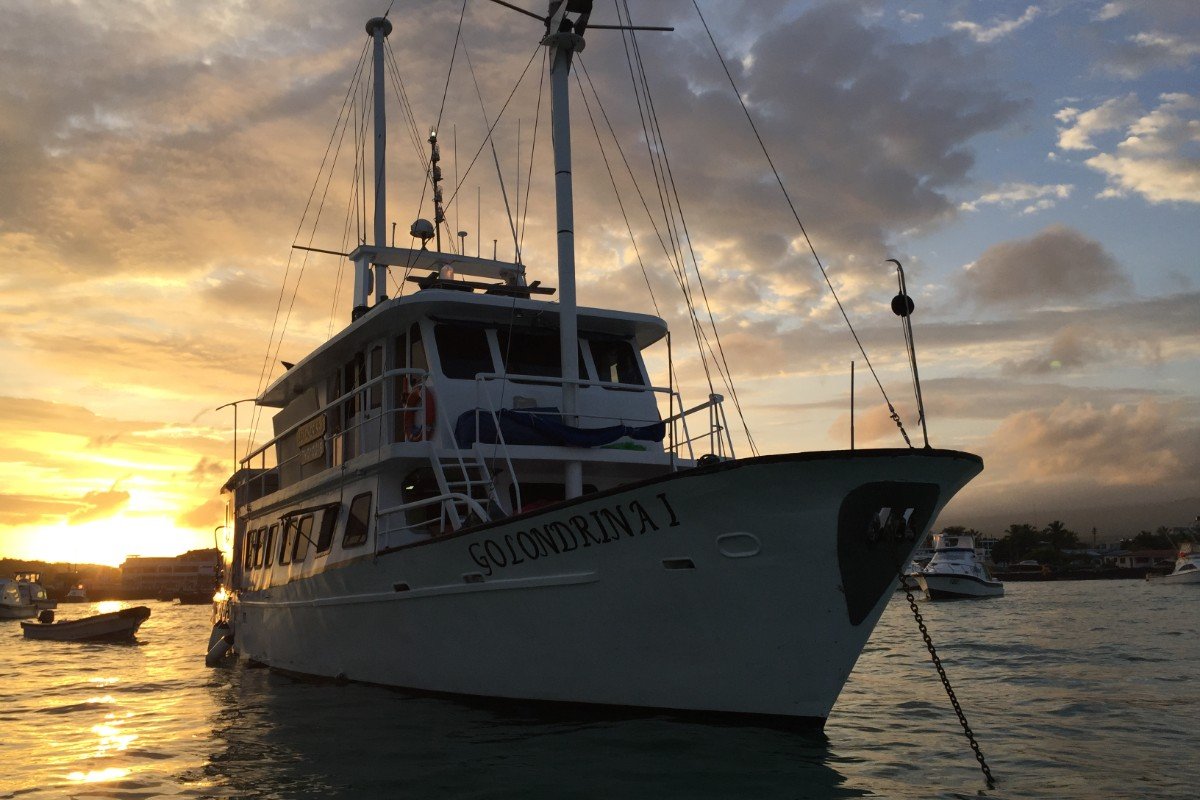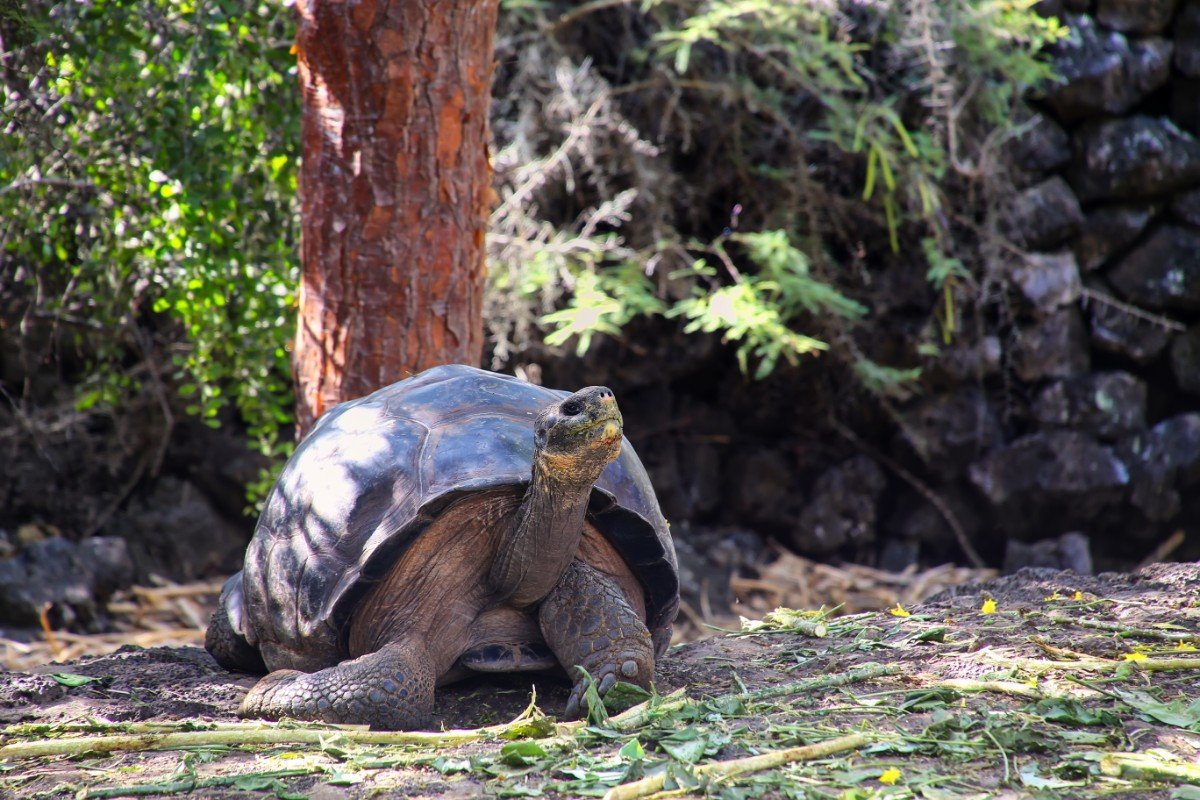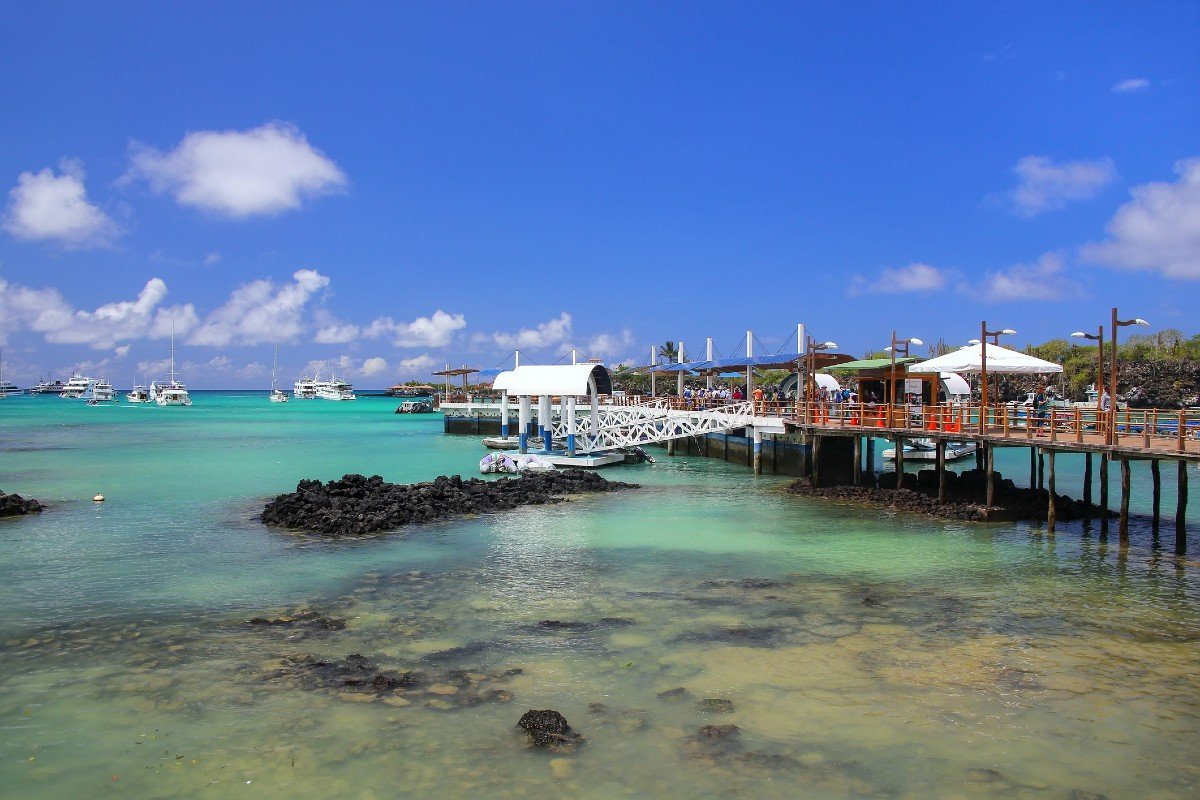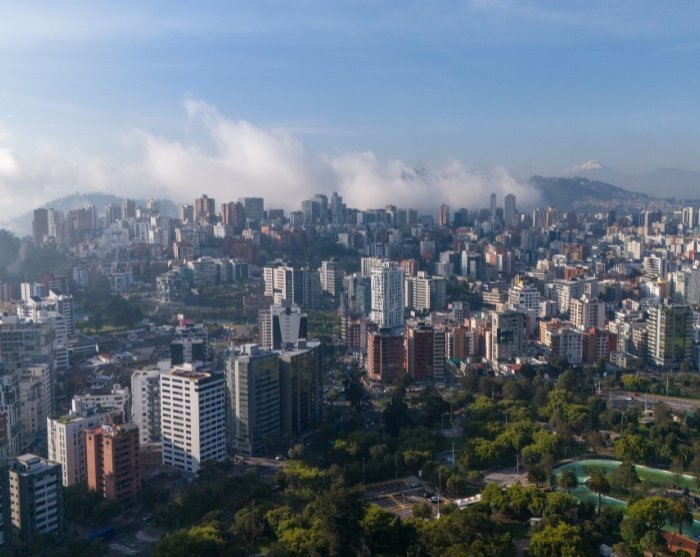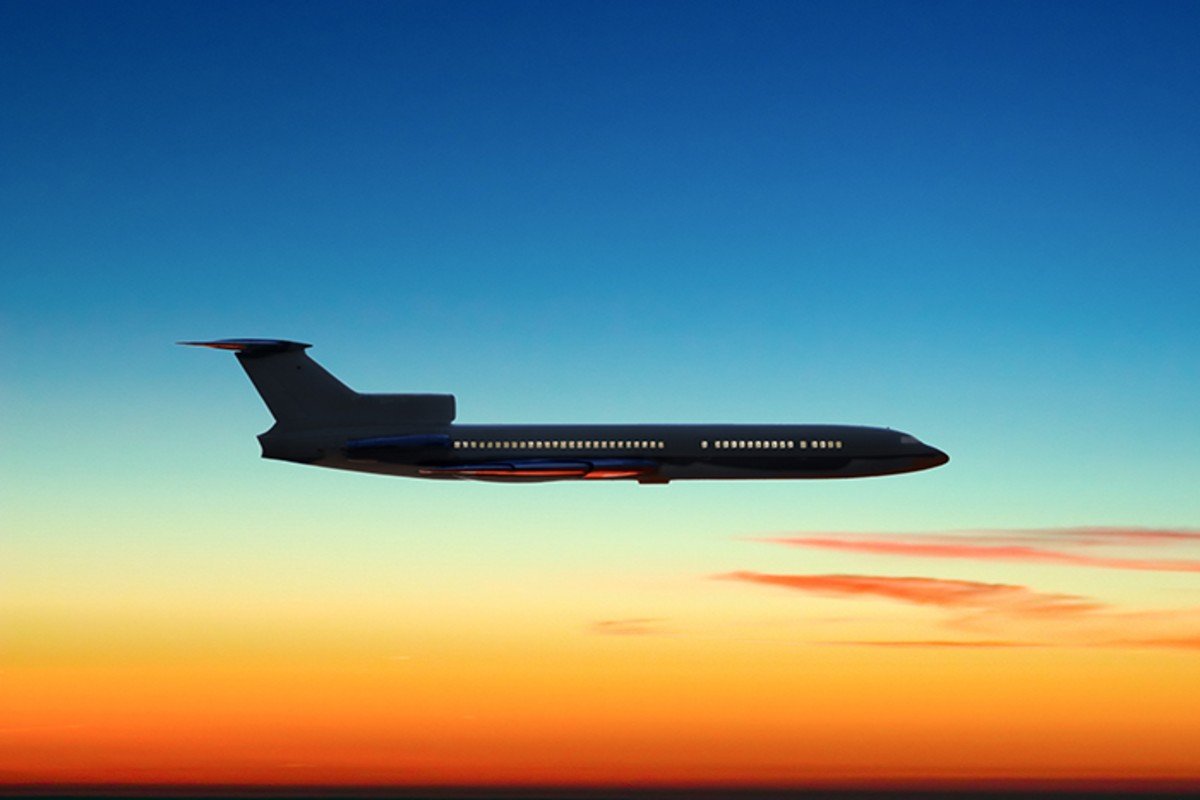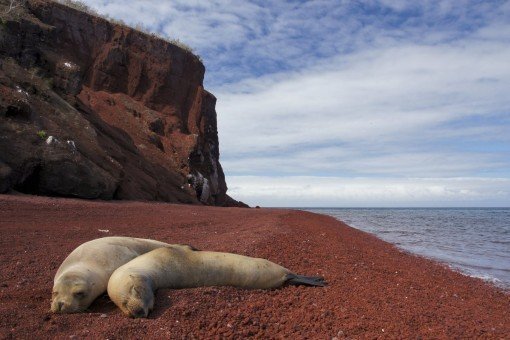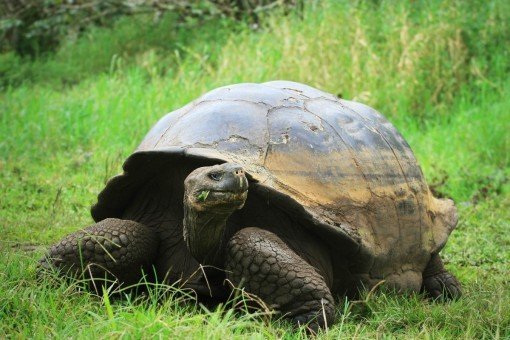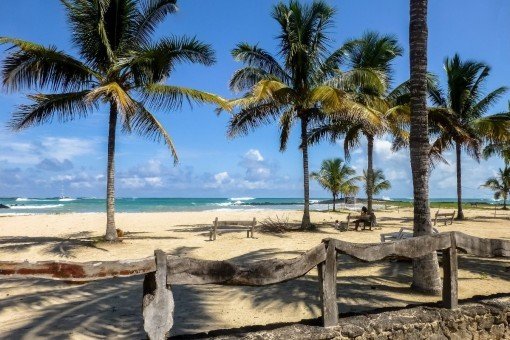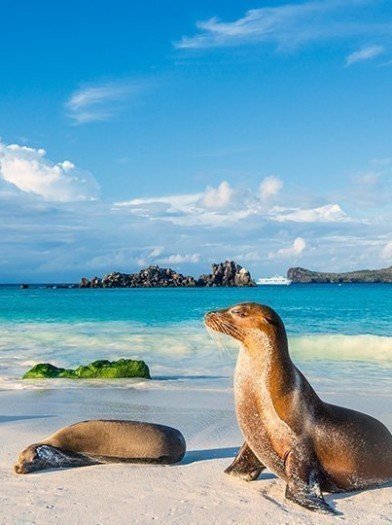Confidence Guarantee - Read more
- Home
-
Our tours
- Our tours
- Africa
- Asia
- Latin America
- North America
- Oceania
- Holiday types
-
Accommodation
- Accommodation
- Africa
- Asia
- Latin America
- North America
- Oceania
-
Practical info
- Practical info
- Africa
- Asia
- Latin America
- North America
- Oceania
- Info & contact
- Blog
13 days
Highlights of Ecuador with Galapagos Cruise
Look forward to experiencing Ecuador’s colonial capital, the majestic Andes Mountains and their volcanoes and crater lakes, and finish your tour in Galapagos with an enchanting 5-day cruise.
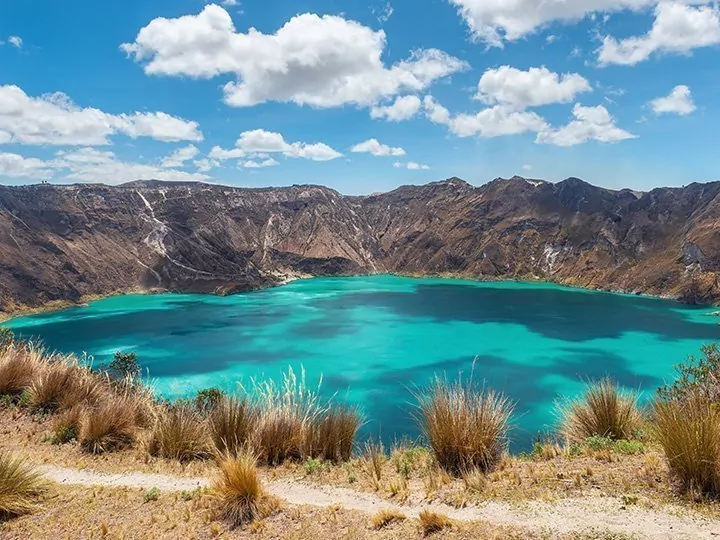
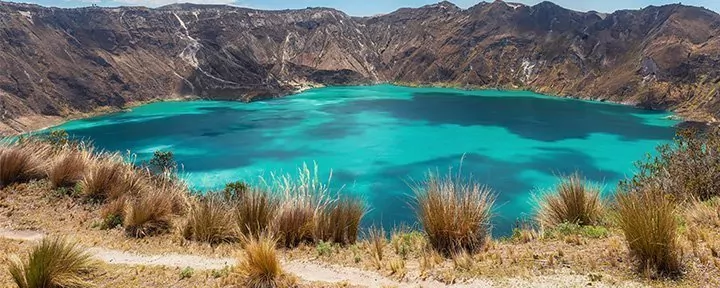
13 days
Highlights of Ecuador with Galapagos Cruise
Look forward to experiencing Ecuador’s colonial capital, the majestic Andes Mountains and their volcanoes and crater lakes, and finish your tour in Galapagos with an enchanting 5-day cruise.
What is included in the price?
This package includes the following
- Flights from chosen airport to Quito and return with connecting flight(s) along the way
- Domestic flight Quito – Baltra (Galapagos) and return
- Transfer to/from airports
- Transport on Ecuador’s mainland
- 7 nights at good hotels, including breakfast
- 4 nights at the Galapagos Islands on board the boat Golondrina I including full board
- Individual tour, where all excursions take place in small, international groups with local, English-speaking guides
- ATOL certificate
- Emergency hotline staffed 24/7 throughout your tour
- Departure guarantee – The price is valid when at least 2 people travelling. Please ask for a price if you are travelling alone
Comprehensive package of excursions:
- Guided tour of Quito including visit to the equator
- Hiking tour in Cotopaxi National Park
- Visit to Quilotoa Crater Lake
- 5-day Galapagos cruise with skilled nature guide and excursions to the islands of Mosquera, Fernandina, Isabela, Santiago, Sombrero Chino and Santa Cruz
- Entry to mentioned attractions (except for Galapagos, which is paid for on-site)
THE TOUR IN SHORT
Ecuador houses a treasure trove of experiences, with exciting history, indescribable nature with the active volcanoes and mysterious crater lakes in the Andes Mountains, and of course, the exciting and indescribable animal life of the Galapagos Islands.
Your tour begins in the high-altitude capital of Quito, where you see impressive colonial architecture and the equator line, which cuts right through the country just north of the city.
From here, you continue to Cotopaxi National Park with its beautiful Andes landscape and naturally, the iconic snow-capped Cotopaxi volcano as the highlight. You also visit the mysterious Quilotoa crater lake, where the colour of the water varies according to its mineral content and the season.
The tour concludes in lovely temperatures on an enchanting 5-day cruise, which brings you up close to the Galapagos Islands’ magical nature and animal life both above and below the ocean’s surface. Look forward to meeting in person the massive Galapagos tortoises, the dragon-like marine and land iguanas, playful sea lions, blue-footed boobies and many, many more.
Why choose this tour
- Experience gorgeous colonial buildings and the centre of the world, La Mitad del Mundo, in Ecuador’s capital of Quito
- Be enchanted by the 5897-metre high snow-capped Cotopaxi volcano on a hike in Cotopaxi National Park
- Enjoy the silence and magic of the wondrous Quilotoa Crater Lake
- Hop aboard an exciting 5-day cruise and experience the indescribable nature and magical animal life of the Galapagos Islands up close
Our tours always include
- All international and domestic flights
- All accommodations
- All specified excursions and activities
- 24/7 telephone – We’re with you all the way
Detailed Itinerary
Day 1:
Departure from chosen airport and arrival in Quito (2,850 metres)
Today, your journey to Ecuador’s capital, Quito, begins with connecting flight(s) along the way. From the plane, you’ll be able to admire Quito’s stunning location in a beautiful valley at 2,850 metres, nestled within the mighty Andes mountains.
At the airport, you’ll be greeted by an English-speaking guide holding a sign with your name. The drive from the airport to your hotel takes about 1 hour, traffic permitting. Along the way, the guide will go over your tour and give you a welcome letter with a QR code for all the practical information about your journey, including start times for your pre-booked excursions and transfers, as well as your domestic flight tickets to the Galapagos.
The afternoon is at your leisure to relax after the long flight or take a brief stroll in the old city. It’s important to drink plenty of water and take it easy so your body can gradually acclimatise to the altitude.
Day 2:
Guided tour of Quito including a visit to the equator
You can really look forward to a guided tour of Quito’s UNESCO-listed historical district, which offers a treasure trove of architectural gems from the colonial era.
The Spanish arrived in Quito in 1526. At that time, it was a thriving Inca city. When the Inca general Rumiñahui realised the battle could not be won, he decided to lay waste to the entire city to ensure there was nothing left of value for the Spanish. The Quito (formally San Francisco de Quito) you will see during the city tour was founded by the Spanish lieutenant Sebastián de Benalcázar in 1534 over the ruins of the old city.
The tour starts with a visit to Plaza de la Independencia (Independence Square), which is surrounded by 4 important buildings: The Presidential Palace, the Government Building, the Archbishop’s Palace and the Metropolitan Cathedral of Quito.
You will also visit Quito’s oldest church, the Iglesia San Francisco, and the famous La Compañía church, the inside of which is decorated with the finest gold leaf.
Next, you drive up Panecillo hill, where the 45-metre-high aluminium statue called Virgen del Panecillo stands, and from which you enjoy a beautiful view of the city. The tour then continues to the northern part of the city where the equator is located, which the country is named after. Equator means Ecuador in Spanish.
The area around the equator is known to Ecuadorians as La Mitad del Mundo, which means “the centre of the world”. Here, you will find the 30-metre-high equator monument, which you can climb to get a view of the area, which features a small planetarium, a cocoa museum, a brewery, and tons of displays and booths selling food and souvenirs. The site has become a something of a crowd-puller and is a pleasant destination for locals as well.
A few hundred metres from the equator monument is the cosy little Intiñan Museum, which according to GPS is in the actual location of the equator. The location of the equator monument has turned out to be a little off due to inaccurate measurement methods in the olden days. At the museum, you can try out fun experiments testing the earth’s gravity and magnetic forces.
On the tour, you’ll also visit the fantastic 115-metre-high Basílica del Voto Nacional, which is the largest of its kind in the Americas.
After the city tour, you are driven back to your hotel, and the rest of the day is at your disposal.
Day 3:
Day on your own in Quito
There are no activities planned for today, so you can explore more of the beautiful capital on your own or purchase an extra trip.
If it is a clear day, we recommend taking the 2.5-kilometre-long cable car called TelefériQo up to Cruz de Loma, a lookout point at an altitude of 4,100 metres on the Pichincha volcano. From the lookout point, there is a fantastic panoramic view of Quito and its surrounding volcanoes and mountains as a gorgeous backdrop.
If your body is not yet fully acclimatised to the altitude, you can instead visit Jardín Botánico de Quito, the city’s cosy botanical garden, and explore all the beautiful plants and flowers.
You can also purchase an excursion to the misty cloud forest in Mindo, which is famous for its multitude of birds, making it a true paradise for birdwatchers with over 500 species registered there.
If you would like to experience the country’s indigenous culture, you can also purchase a day trip to the cosy town of Otavalo, where many of the old traditions are still upheld by the townspeople. The town is particularly famous for its colourful indigenous market, where you can buy items including fine hand-woven ponchos, blankets and handkerchiefs in all the colours of the rainbow. On the trip to and from Otavalo, you drive through the gorgeous Andes landscape and its high volcanoes and beautiful lakes.
Day 4:
Quito – Visit to Cotopaxi National Park (3,850 metres) – Pedregal
New adventures await you today in Cotopaxi National Park. The tour goes south from Quito on the magnificent Avenida de los Volcanoes (Volcano Avenue), which is so named because each volcano is followed by the next on both sides of the road. If you are lucky, the volcano Cotopaxi may also peek out from behind the clouds with its spectacular cone shape and snow-capped peak.
When you arrive at the national park, your guide takes you on a walk around Lake Limpiopungo, which is located at an altitude of 3,850 metres. On the walk, the guide tells you about the area’s interesting flora and fauna as well as the exciting myths and legends about Cotopaxi and the other big volcanoes in the area. You may be lucky enough to see brocket deer, Andes foxes, wild horses and the guanaco, which is related to the llama. There are also pumas and spectacled bears in the national park, but they are rarer.
After the tour, you are driven to your accommodation in Pedregal, located just outside the national park.
Day 5:
Day on your own in the Andes Mountains (3,600 metres)
You have the day at your disposal in the cosy Hacienda El Porvenir, so you can truly experience and enjoy the magnificent Andes landscape surrounding the hotel.
You can choose to either make your own trips on marked paths in the area, or you can take part in some of the activities offered by the hotel. These include horseback riding, mountain biking and cooking classes. The hotel also has its own day spa where you can treat yourself to wellness treatments and relaxing massages.
A popular activity is a horseback ride through the beautiful countryside up to a vantage point at an altitude of 4,200 metres, from which, on a clear, there is an indescribable view of the Cotopaxi volcano. Here, you may even be lucky enough to see the majestic Andean condor, which can have a wingspan of more than 3 metres. The tour is led by a skilled Chagra, as the Andes cowboys are known in this area.
The tours are conducted by local Spanish speaking staff, but instruction in activities. e.g. horse riding, will be given in English before departure, so Spanish skills are not required.
All activities are booked and paid for locally at the hotel. However, if you would like to go horse riding, we recommend that you purchase this from home, due to its popularity.
Day 6:
Pedregal – Quilotoa Crater Lake (3,900 metres) – Quito
Today, you travel on through the mountainous landscape to the enchanting Quilotoa Crater Lake, which sits at the top of the volcano of the same name. The lake is approx. 250 metres deep, with a diameter of around 3 kilometres. Part of what makes the Quilotoa Lake so unique is that the colour of the water in the lake can change from completely turquoise to almost yellow, depending on the season and the mineral content of the water. For the same reason, the water in the lake cannot be drunk.
If you like, you can walk down to the edge of the lake on the marked, zig-zagging path. It takes about 30 minutes to walk down, but it can take up to 2 hours to walk up the steep path again. If it is too difficult, a donkey can be hired at additional cost to bring you up again. You could also simply choose to stay at the top and enjoy the absolutely stunning panoramic views of the area and the picturesque lake.
After lunch, you head back to Quito. On the road, a stop is made in the small town of Tigua, which is known for producing fine Ecuadorian paintings and masks.
In the evening, you are back in Quito, where you will be staying a little way outside the city, close to the airport, so you don’t have to get up too early the next day when you leave for Galapagos.
Day 7:
Quito – flight to the island of Baltra – the Galapagos cruise begins
Look forward to the second part of your tour, which brings you in Charles Darwin’s footsteps to the magical Galapagos Islands. Here, unique nature and animal experiences await you on a 5-day cruise among these exciting islands.
In 1831, a young Charles Darwin embarked on a journey that would change his life as a scientist. In the Galapagos Islands, he discovered that the finches were different to those back home. Could it be that they had the same ancestor but had gradually evolved to adapt to the environment in which they lived? The theory began to form in his head, and his work On the Origin of Species is still considered to be the most important contribution to the understanding of biological evolution.
In the morning, you are picked up from the hotel and driven the short distance to the airport. Here, you will be required to pay for a Transit Control Card (cash) before you can check in. On arrival at Baltra Airport, you will be required to pay for entry to Galapagos (cash). The flight to Galapagos takes around 2.5 hours.
At Baltra Airport, you are picked up and driven to the yacht Golondrina I, which will be your floating home for the next 5 days. Here, you are checked into your cabin, and afterwards, there will be a small welcome meeting followed by lunch. At the welcome meeting, your guide will introduce you to the captain, the chef and the rest of the crew, as well as the other guests on the yacht, before the exciting programme for the afternoon is reviewed.
The first stop is the small, flat, uninhabited island of Mosquera, which sits between the islands of North Seymour and Baltra. The island is just 600 metres long and 160 metres wide at its widest point, and consists mainly of white sandy beaches and cliffs. A large sea lion colony can be found here, and you may also encounter pelicans, blue-footed boobies and many other waders.
Back at the boat, the group gathers every day with the guide before dinner to talk about the experiences of the day and reviews the next day’s programme, so that you know what to look forward to.
In the afternoon, you can enjoy a starry sky without any kind of light pollution from the deck of the ship. It is simply magical. And as you head to bed after an eventful day, the ship sets a course for the next exciting island.
Note that the programme on Galapagos is always subject to changes. Poor weather conditions or recommendations from local authorities may result in your route being changed on short notice.
Day 8:
Galapagos cruise – the islands of Isabela and Fernandina
Isabela is the largest island in the Galapagos Islands, and you will visit several unique sites on this vast, volcanic island. The first stop is at Punta Vicente Roca, where you do not go ashore, but rather drive in a small, motor-driven rubber boat (called a panga) around impressive volcanic formations along the coast. Here, you may be lucky enough to encounter penguins, seahorses, stingrays, pufferfish and sea turtles.
In the afternoon, you travel by sea to the island of Fernandina, which is the third-largest island in the Galapagos Islands. The volcano La Cumbre dominates the island, and you can see the lava streams from the active volcano reach all the way down into the ocean. You go ashore at Punta Espinosa, where you take an approximately 1.5-hour hike along small, uneven paths made from sand and loose stones. On the trip, you can see the spectacular lava cactus and the island’s diverse animal life. Among other things, you have a good chance of seeing marine iguanas, penguins, pelicans, the Galapagos hawk and the Galapagos cormorant. In the period from January to June, the marine iguanas nest and lay eggs in the lake.
After the hike, you have an opportunity to go snorkelling from the beach, or to simply bathe and relax before you are taken back to the ship.
Going on a cruise in Galapagos is a truly unique experience. You have the opportunity to visit uninhabited islands where the animal life is absolutely without equal. The crew will do everything they can to make your stay on the ship and in Galapagos unforgettable, and you will quickly pick up on the relaxed, familiar and not least, the pleasant atmosphere on-board.
Day 9:
Galapagos cruise – the island of Isabela
Today, you travel by sea back to Isabela, where you visit Urbina Bay, which sits at the foot of the Alcedo volcano. The bay was at the bottom of the ocean until 1954, when volcanic activity in the area lifted it 5 metres above sea level. Along with your talented nature guide, you go on an approximately 2-hour walk to experience exciting corals and seashells from the time the bay was at the bottom of the ocean.
On the island, you can also see a large population of the magnificent, colourful land iguana, the Galapagos tortoise (June – September) and the Galapagos cormorant. The Galapagos cormorant is endemic to the Galapagos Islands and is unique for its inability to fly. In fact, its wings are just a third of the size they should be for such a big bird, making it impossible for them to fly.
After the walk, you have the chance to go snorkelling along the coast, where you can see penguins and enjoy the incredible sea life beneath the water’s surface.
Back at the boat, it is lunchtime, and while you eat and relax, the ship slowly makes its way to the next stop, which is Tagus Cove, also located on the island of Isabela.
Tagus Cove was once a popular site for whalers and pirates, many of whom wrote the names of their ships on the cliff walls around the bay. Today, you can still see many of the names on the cliffs.
This excursion begins with an approximately 2-hour hike through a forest of Palo Santo trees to the gorgeous saltwater Darwin Lake, which sits in an extinct volcanic crater. You hike all the way around the lake through the dry vegetation, where you can see many different bird species. You also reach a lookout point, from which you can see the volcanoes Darwin and Wolf.
After the hike, you travel by panga along the coast and look out for animals such as penguins, colourful Sally Lightfoot crabs, boobies and cormorants. There is also some time for snorkelling before you are brought back to the ship.
After an eventful day with magnificent nature experiences, you can relax with a cold drink or a beer and gossip with the other guests. In the evening, the boat lifts anchor and a long overnight boat ride to the island of Santiago awaits you.
Day 10:
Galapagos cruise – the islands of Santiago and Sombrero Chino
After breakfast, you go ashore on the black volcanic beach at Puerto Egas on the island of Santiago.
Here, you take a gorgeous hike lasting about 1.5 hours on uneven paths to an old salt crater, where you can often see Darwin’s finches and the Galapagos hawk. Sometimes, you can see flamingos here as well.
Many marine iguanas and sea lions can be found on the island as well, and it is one of few places in Galapagos where you may encounter the Galapagos fur seal.
After the hike, there is time to swim and go snorkelling along this beautiful coast.
Lunch is enjoyed back on the ship as the course is set for the small island of Sombrero Chino, which sits off the southern tip of Santiago. The island was named after its characteristic shape, which is most reminiscent of a Chinese conical hat.
On Sombrero Chino, you take a short, roughly 30-minute walk on rocky, uneven terrain. You will experience wonderful lava formations, lava cactuses and the endemic plant sesuvium edmonstonei, which is only found on the Galapagos Islands. When it’s summer on Galapagos and winter in the UK, the plant displays shades of green and yellow, turning almost bright red in the winter, when the dry season has occurred.
On Sombrero Chino too you will have the opportunity to swim and go exploring beneath the sea’s surface with a snorkelling mask, letting you take a peek at colourful fish and perhaps even encountering a sea turtle.
Nature on Galapagos is quite overwhelming and indescribable, and it truly is a “once in a lifetime” experience to visit the Galapagos Islands.
Day 11:
End of the Galapagos cruise – Santa Cruz Island – Charles Darwin Research Station – fly to Quito
This morning, you will wake up off the coast of Puerto Ayora, the main town on Santa Cruz Island, the second largest in the Galapagos archipelago. Your Galapagos adventure has come to an end, and it’s time to bid farewell to the boat’s crew. However, one final excursion awaits in Puerto Ayora at the fascinating museum and research centre, the Charles Darwin Research Station. Established in 1964, the centre promotes research and education on the Galapagos Islands, constantly working on research and projects to preserve the Galapagos’ ecosystems.
After your visit, you’ll be taken by bus across the island to the Itabaca Channel and sail over to the airport island of Baltra, from where you will fly back to Quito on the mainland of Ecuador. The return flight to Quito often takes a bit longer (about 2.5-4 hours) because there is usually a brief stopover in the city of Guayaquil.
Upon arriving in Quito, you will be picked up at the airport and driven to your hotel, located in one of Quito’s charming suburbs near the airport. The evening is yours to enjoy as you please.
Day 12:
Departure day
You will be picked up at the hotel and driven to the airport. The timing depends on your flight’s departure. Perhaps you’ll have time for a last swim in the pool or just relax in the lush garden before your journey home begins.
Day 13:
Arrival back home
You will arrive at your chosen airport after an unforgettable journey in Ecuador.
|
|
Combine with
Choose from the options below
Extension of your Galapagos cruise
3 nights
Can’t get enough of the magical Galapagos Islands either? Then why not extend your cruise by 3 nights and experience even more enchanting places in Galapagos?
On the island of Santa Cruz, you will see the huge Galapagos tortoises which live in the wild in the lush highlands at Hacienda Primicias. In the northern part of the island, you will see the dragon-like land iguanas at Cerro Dragon, better known as Dragon Hill, and visit the serene mangrove forest at Caleta Tortuga Negra, a popular spot with reef sharks, rays and sea turtles.
You will also sail to the other side of the island of Isabela, to the cosy port town of Puerto Villamil, which will charm you with its sand and sea lions in the streets. Points of interest here include a tortoise breeding centre, exciting wetlands, beautiful sandy beaches, the historic Wall of Tears and fantastic snorkelling at Las Tintoreras.
You will also visit the island of Rabida, which is one of the most colourful islands in the archipelago with its distinctive reddish-brown sand and some amazing vantage points.
When would you like to travel?
Departure dates
All prices shown are per person
Please note that the price of a single room only applies when for at least two people. Please contact us if you’re travelling alone.
Special offers for groups of 4 or more. Request a quote today for more info.
Special offers for groups of 4 or more. Request a quote today for more info.
REVIEWS
Travellers' tales
BEFORE YOU TRAVEL
Good to know
Latin America

Emily Roper
Emily loves to travel and is extremely passionate about helping others achieve their travel dreams.
Opening hours
Monday-Thursday 9-15Friday 9-13
WHY TRAVEL WITH TOURCOMPASS?
Why choose us
We know your time is precious. That's why we strive to provide personalised, attentive service to ensure your comfort and safety throughout your tour. From the moment you book to the moment you return home, we’re here to handle every detail with the utmost care.
We offer a diverse array of destinations, each promising its own unique story, shaped by its local cultures, fascinating wildlife, and natural beauty.
We design every tour based on the extensive research and first-hand experiences of our travel specialists and experts. Each tour is crafted to showcase the best each country has to offer.
With us, you can rest assured; your journey is in safe hands. We are ATOL certified and a proud member of ABTA, maintaining rigorous standards of quality and service to ensure your complete peace of mind.
